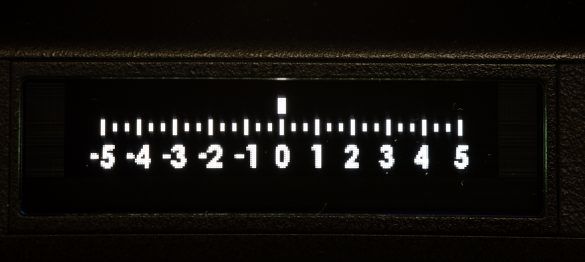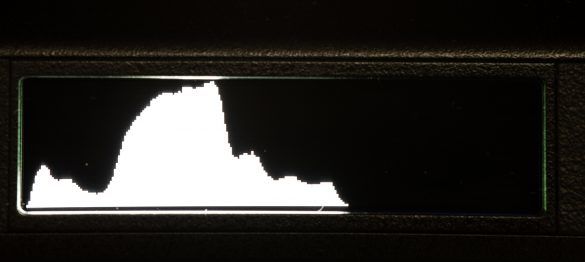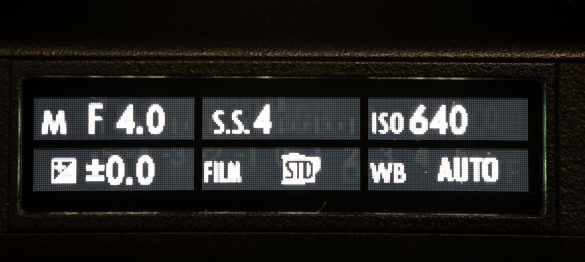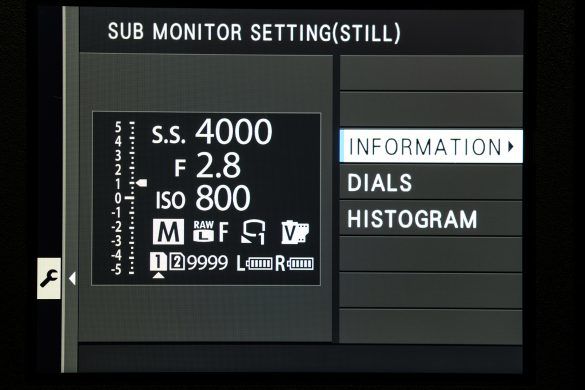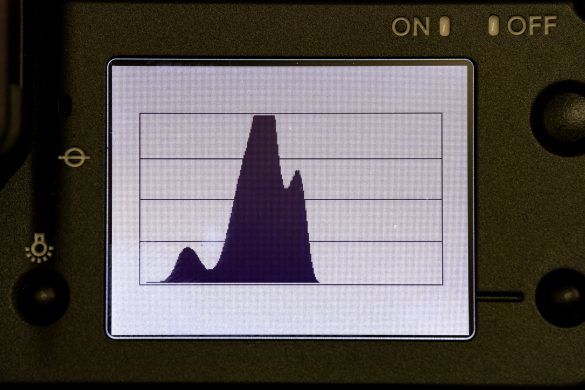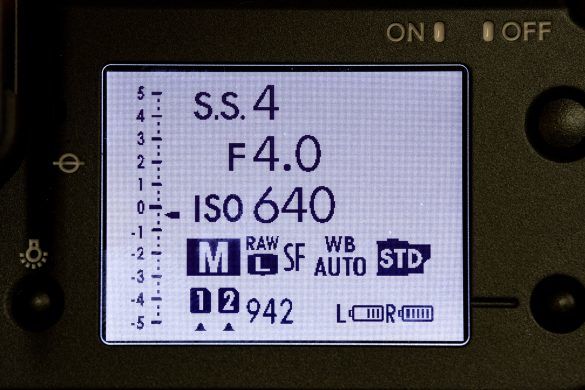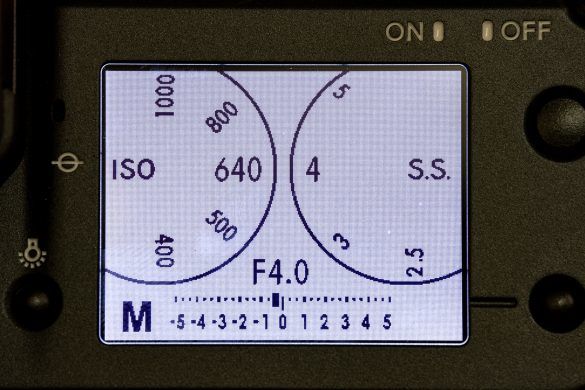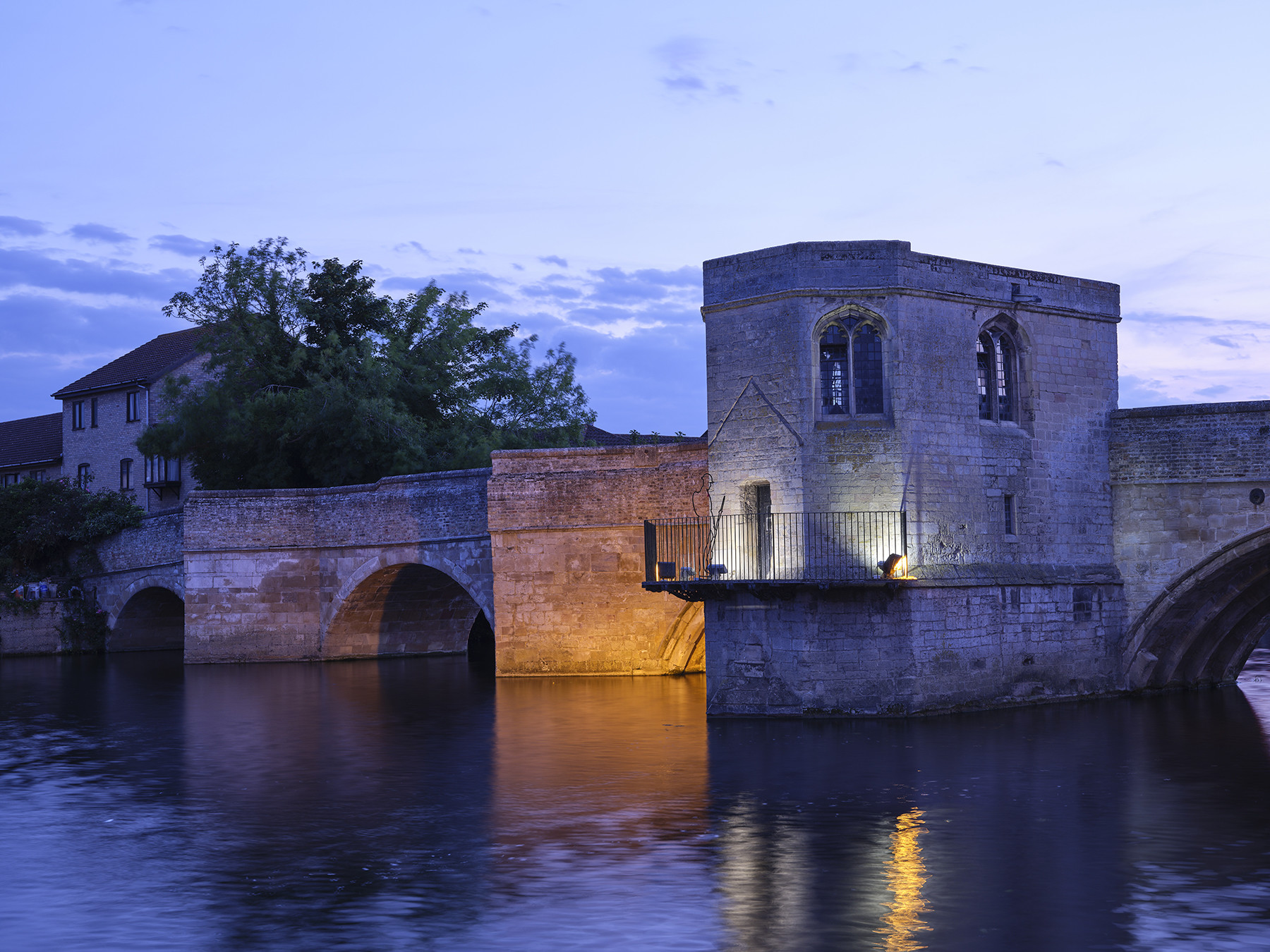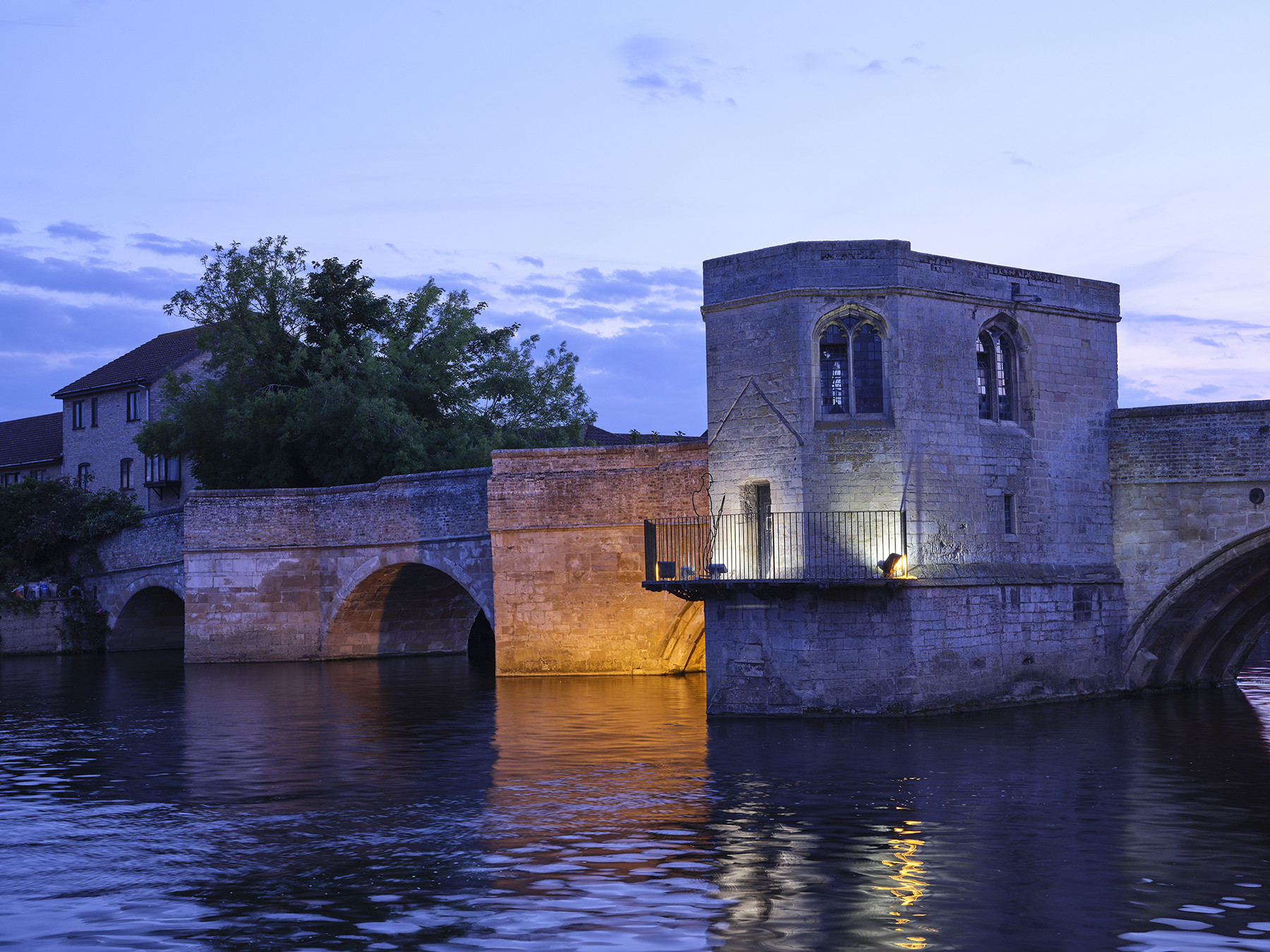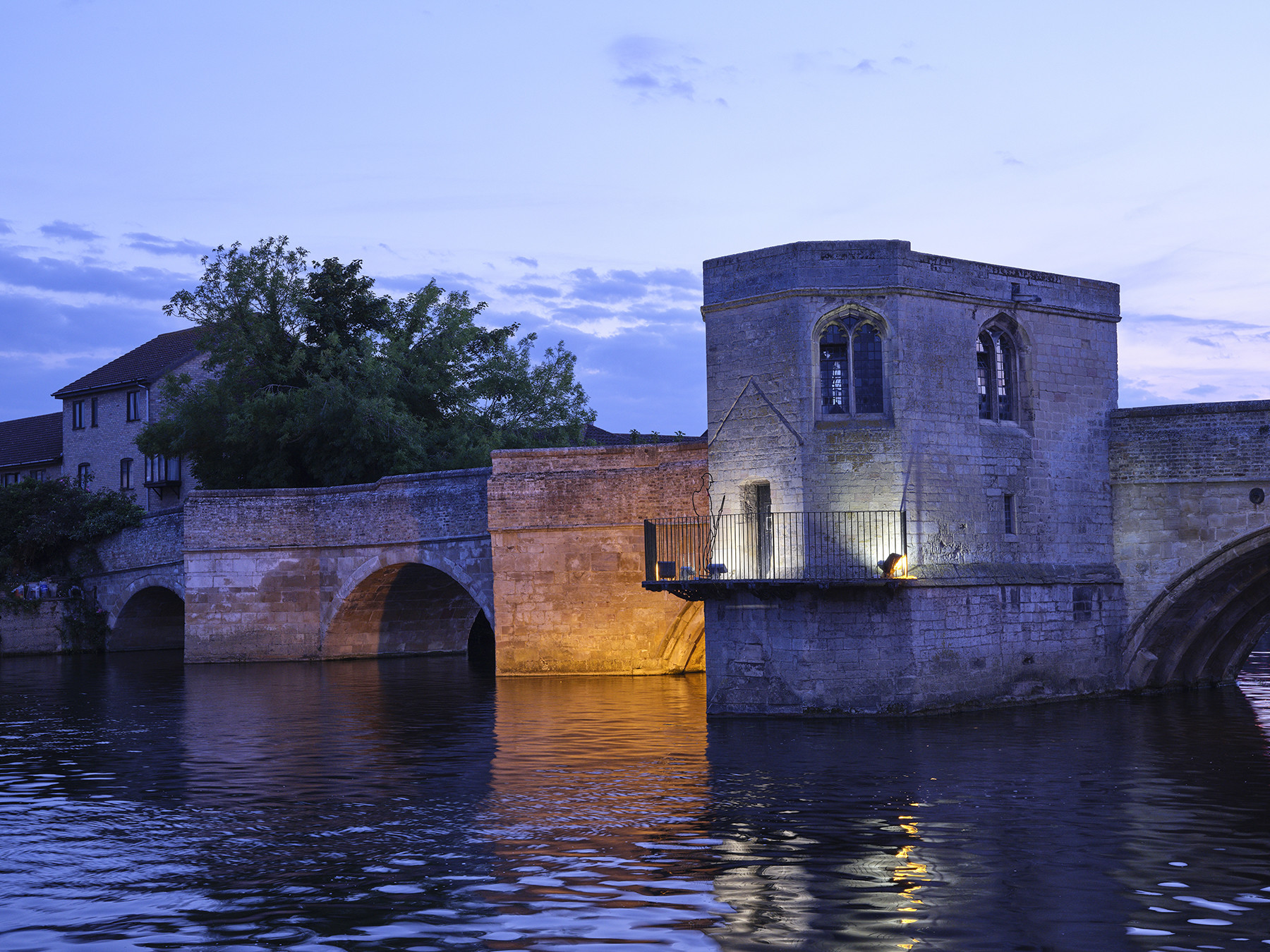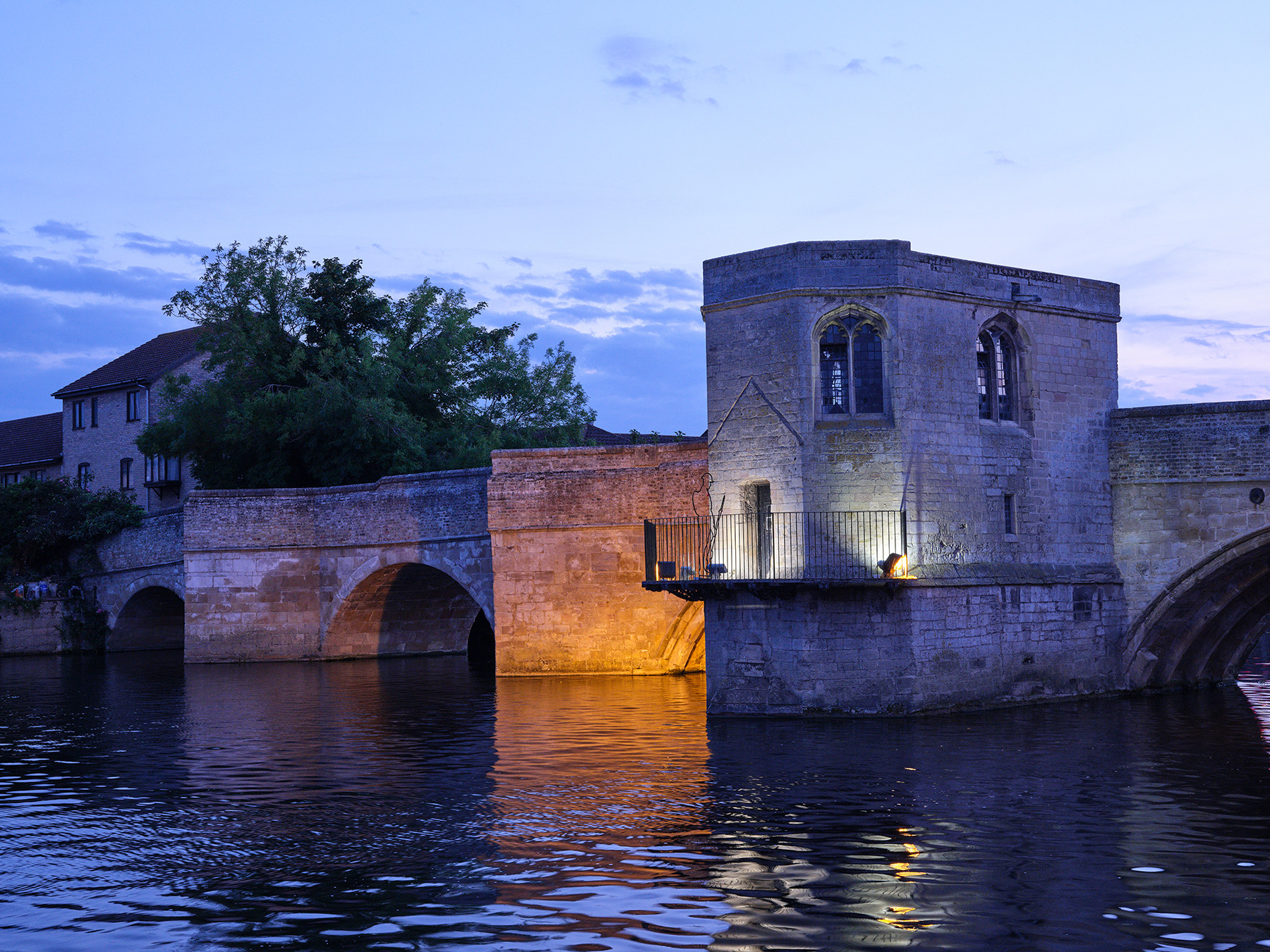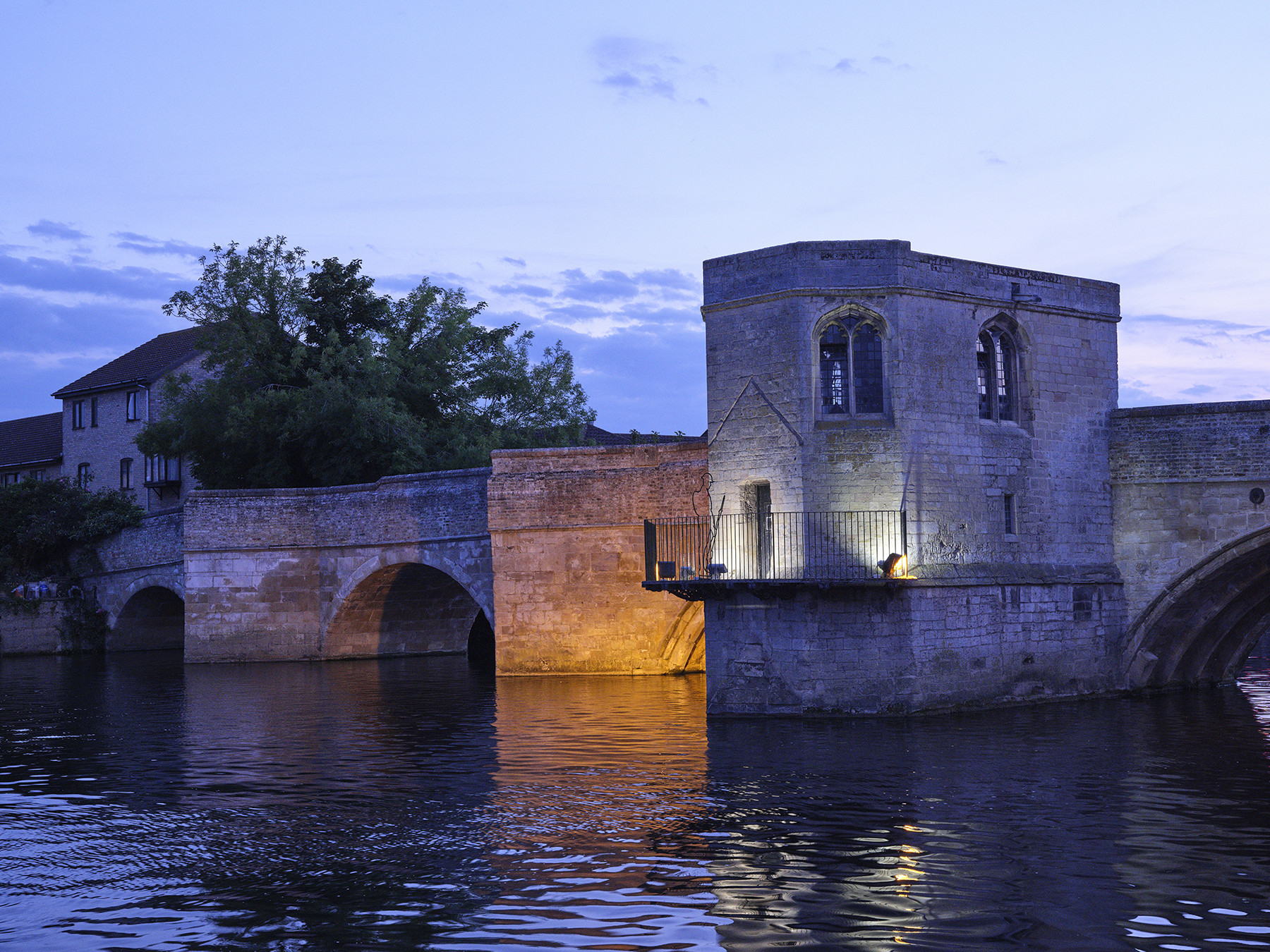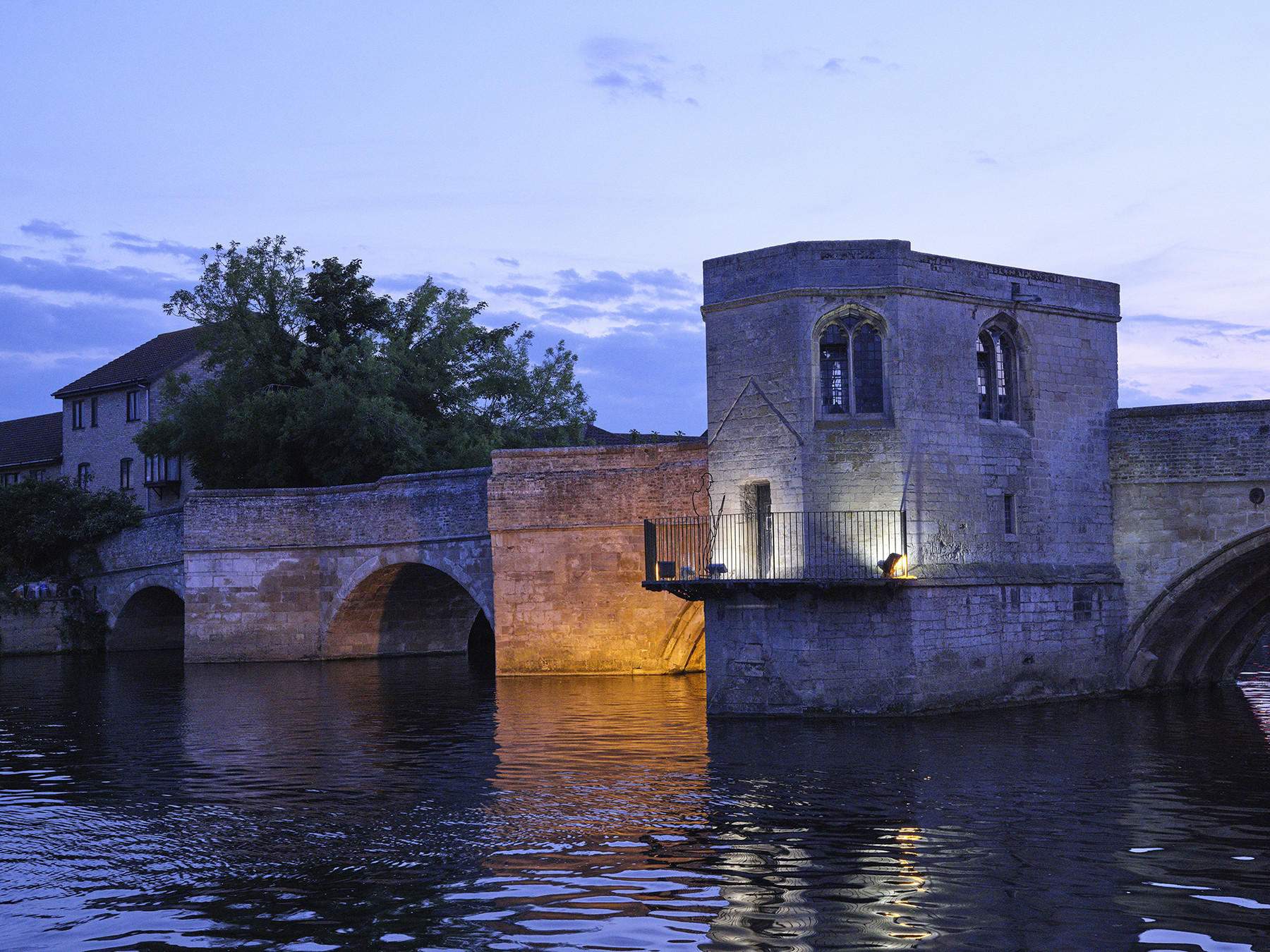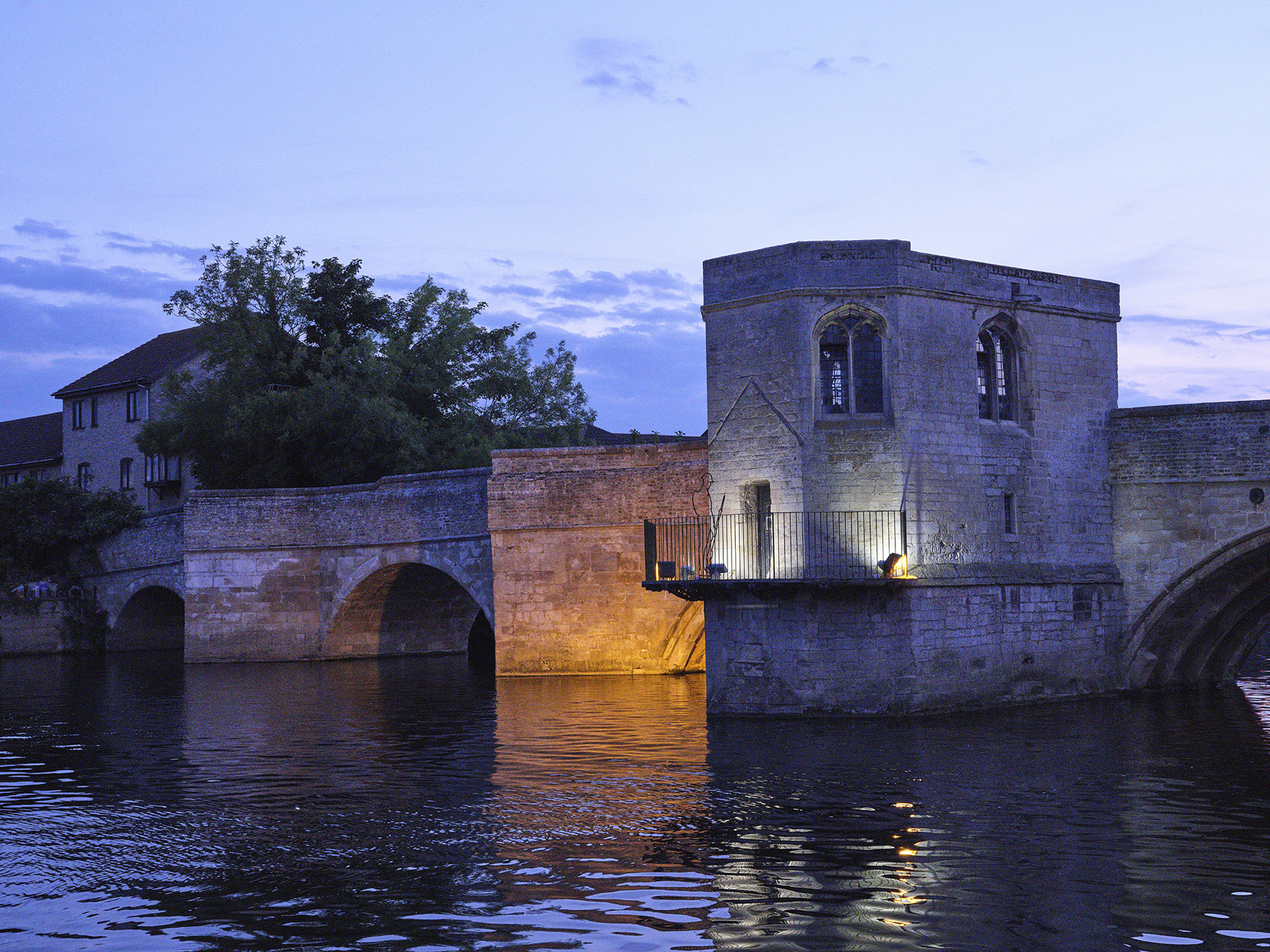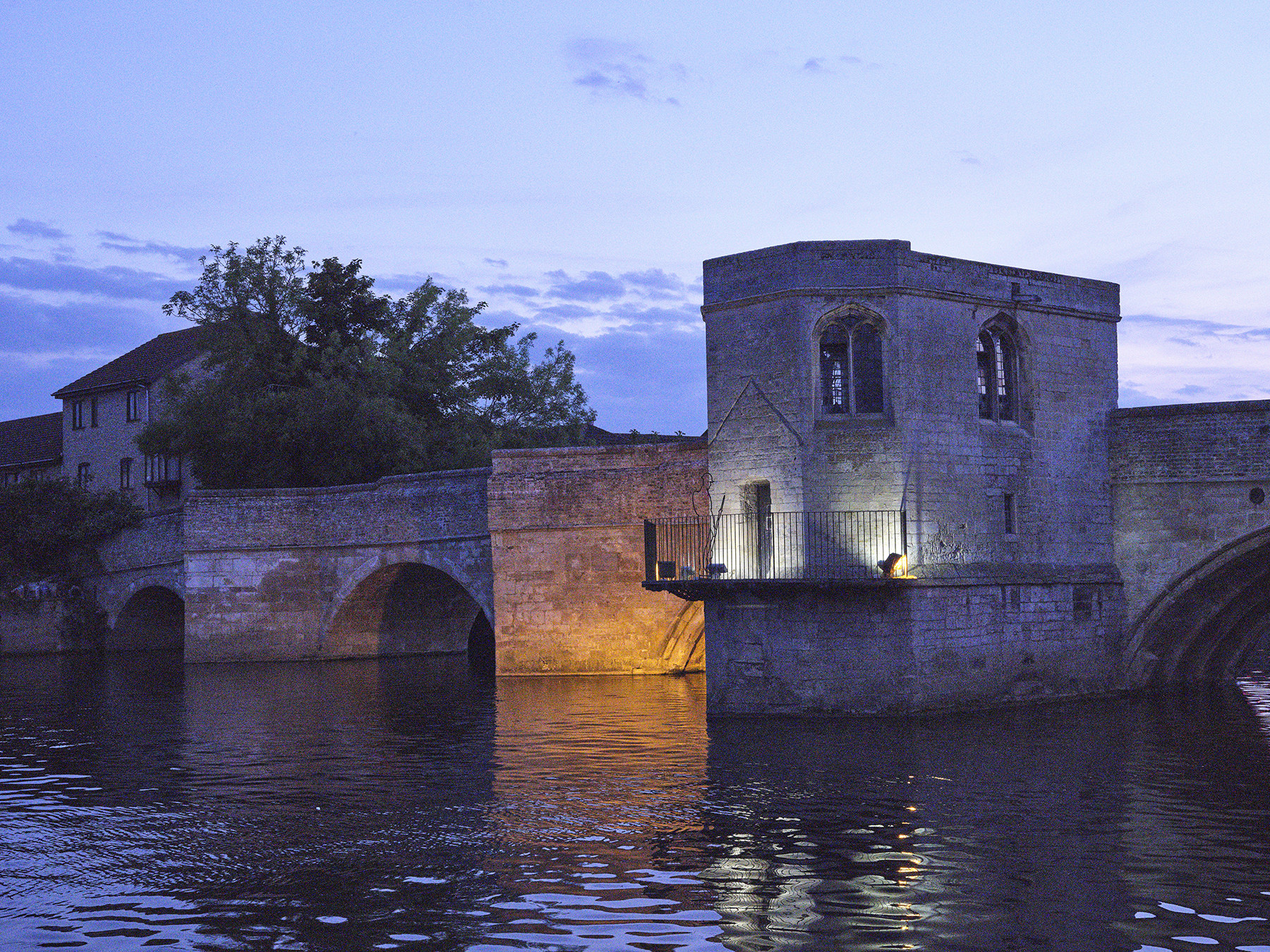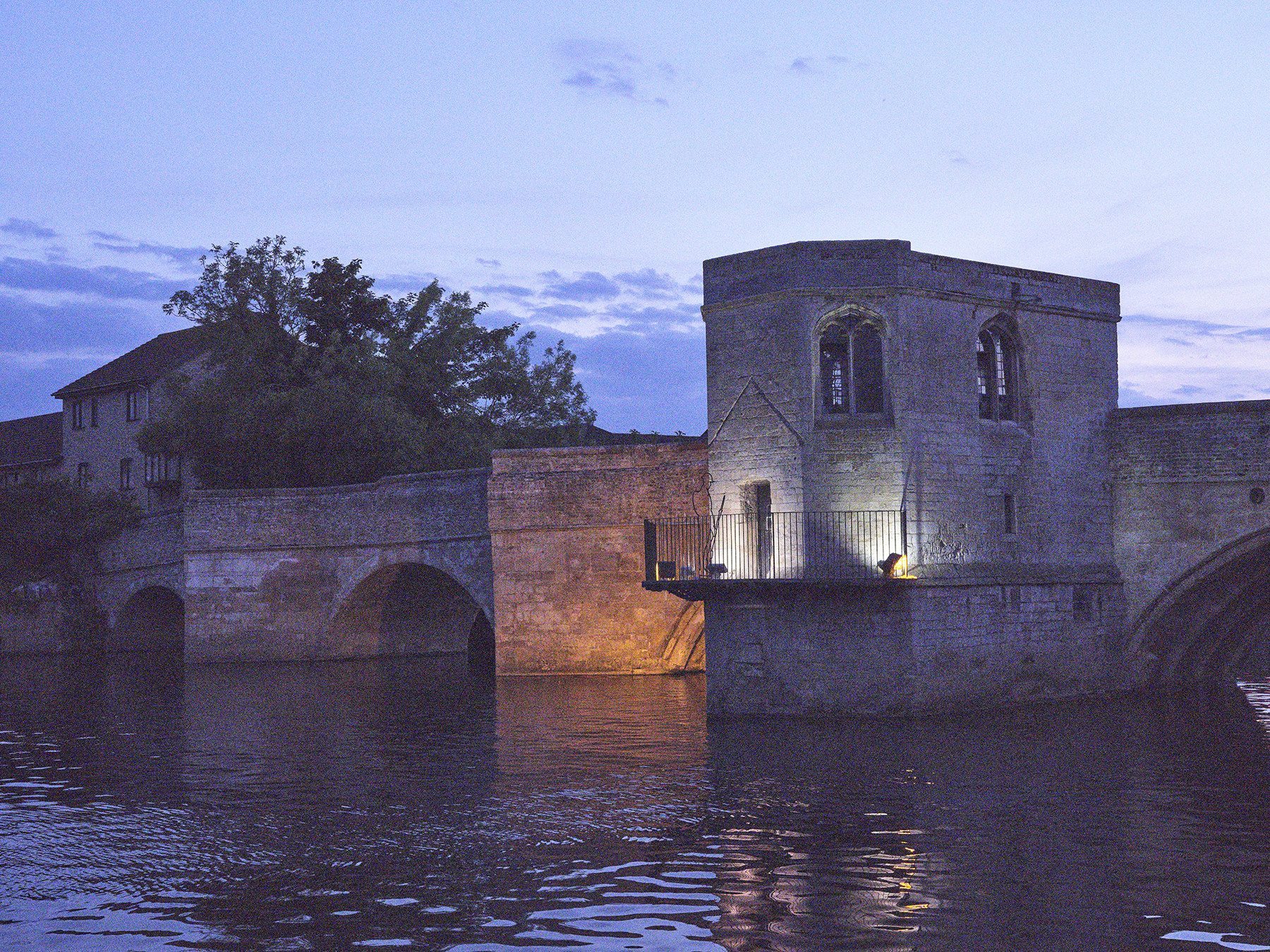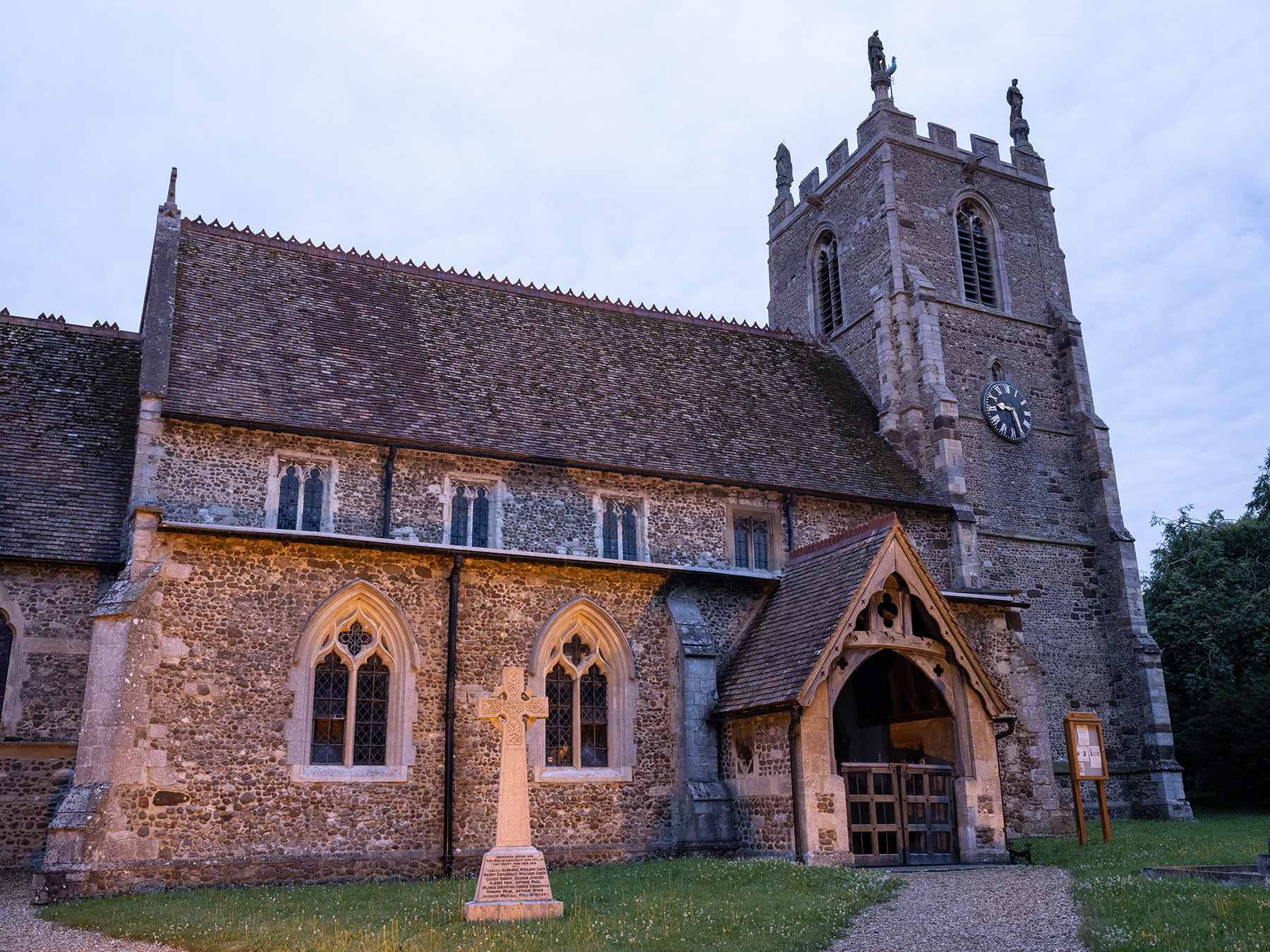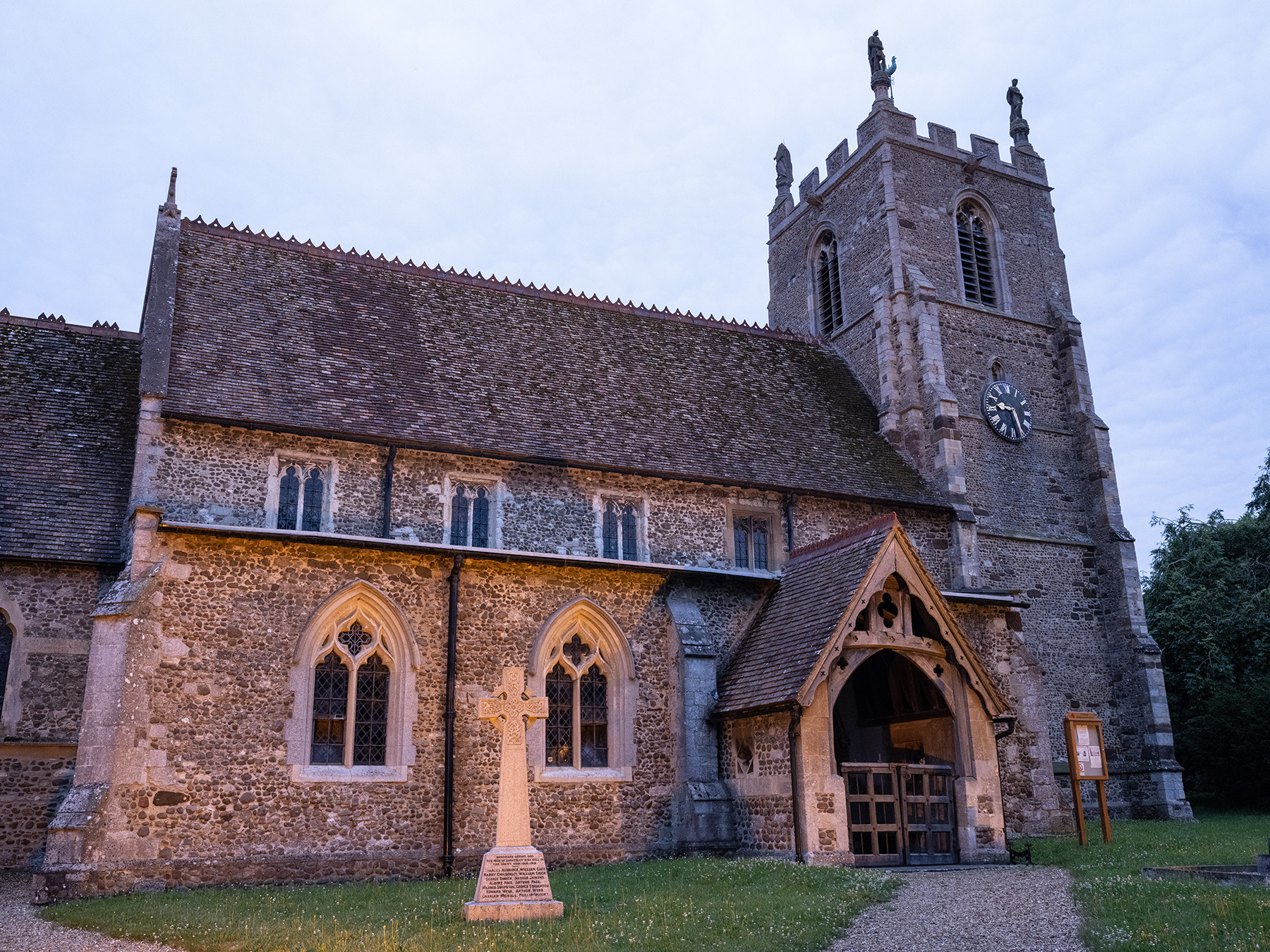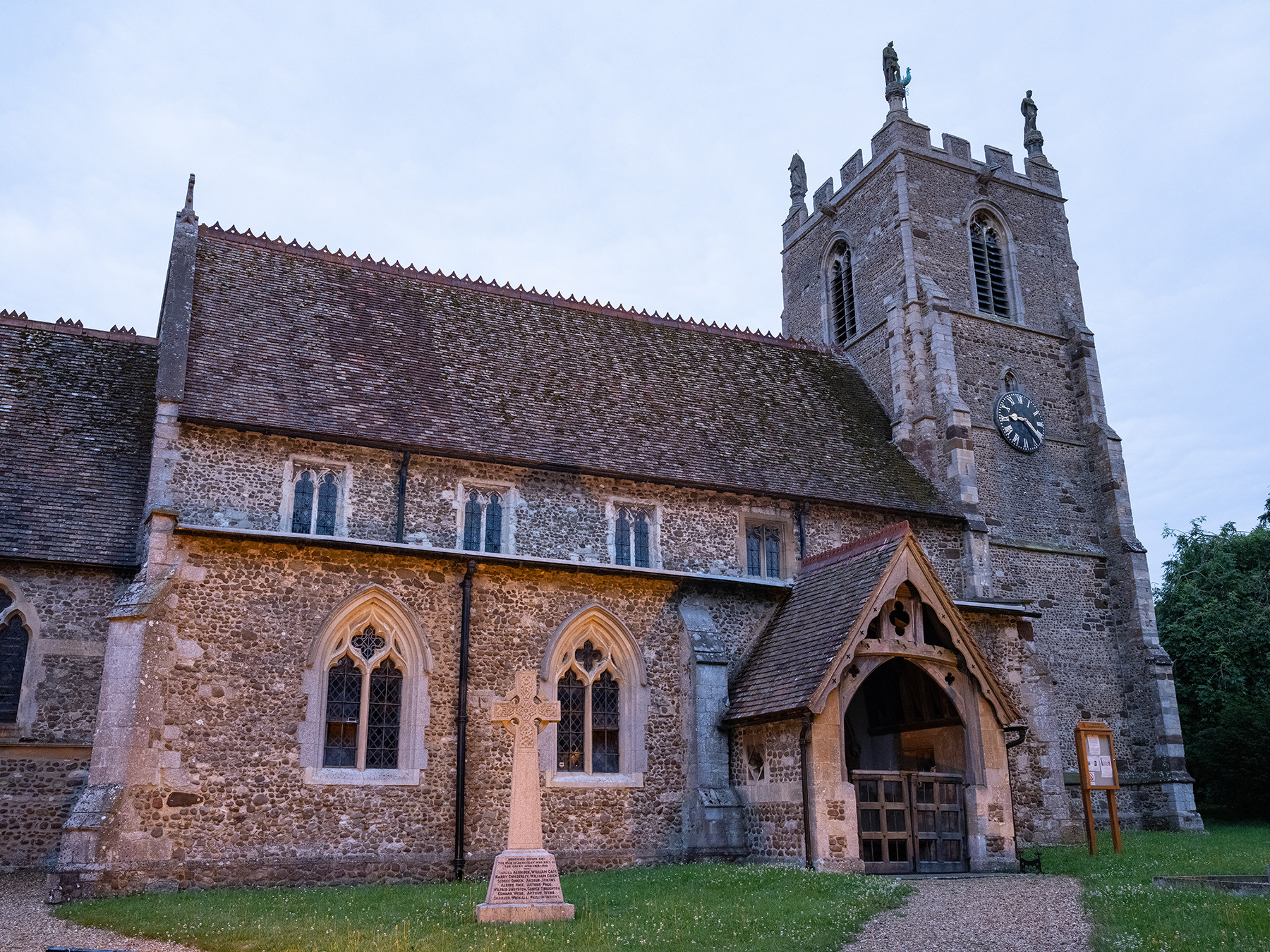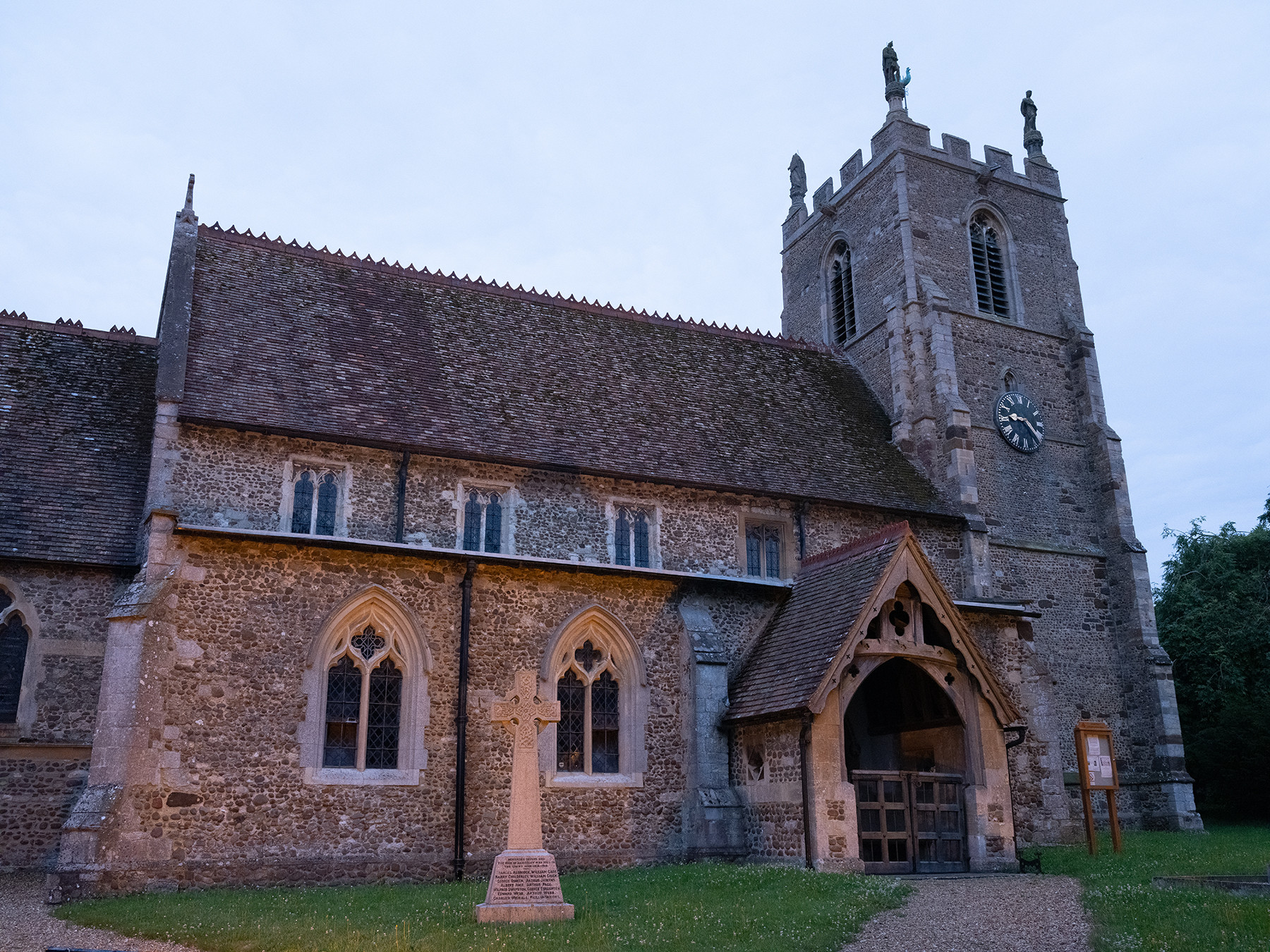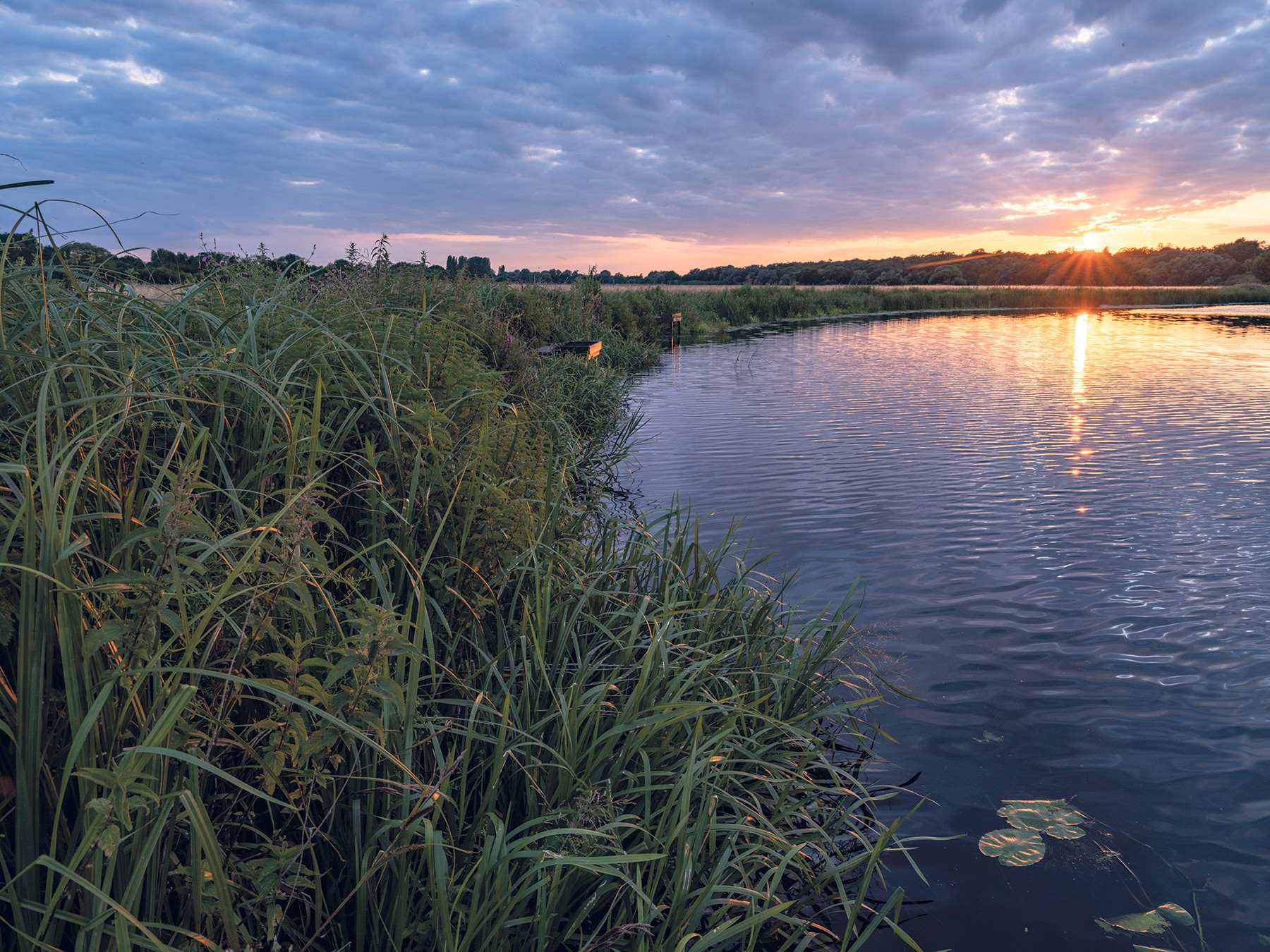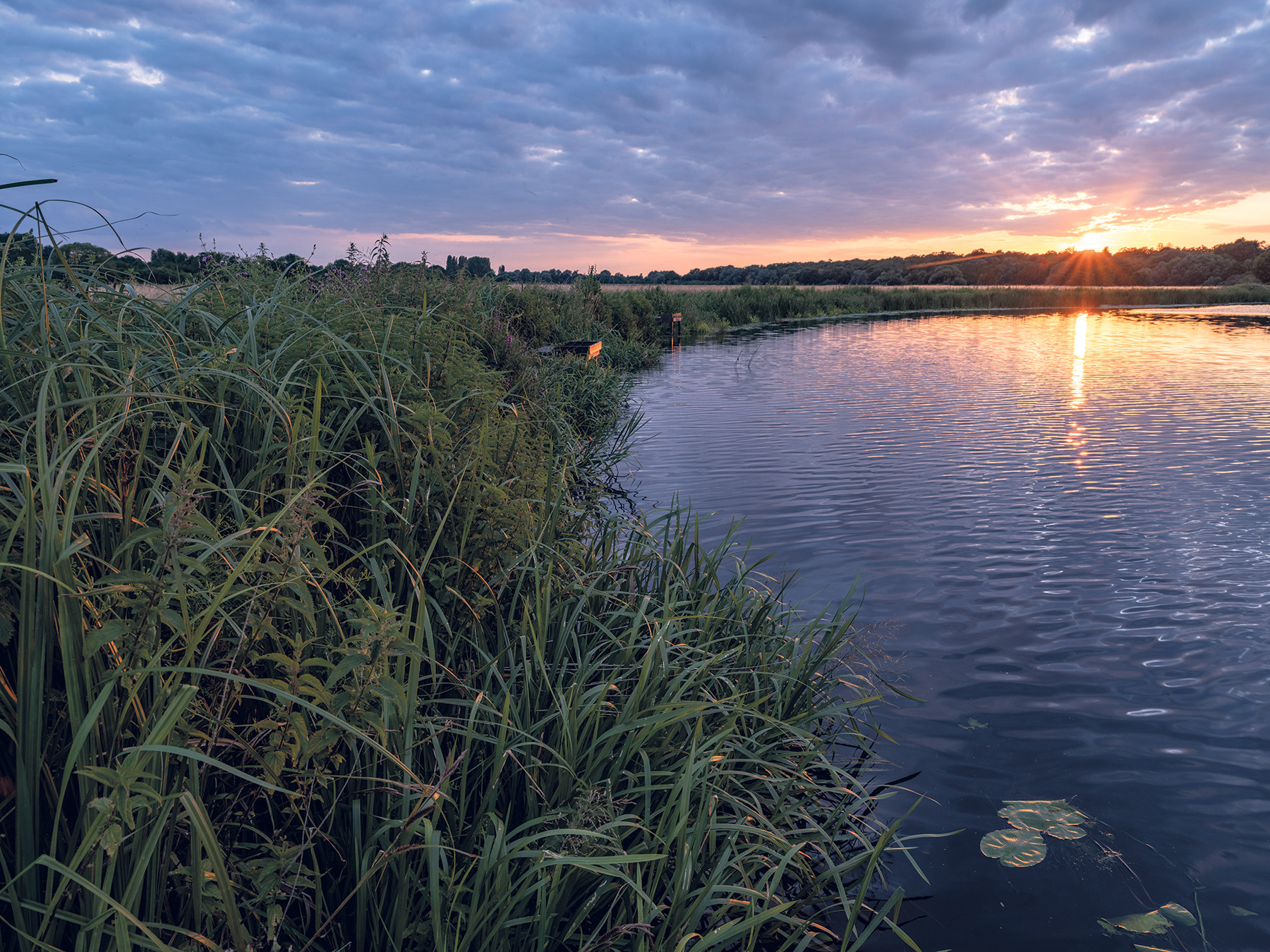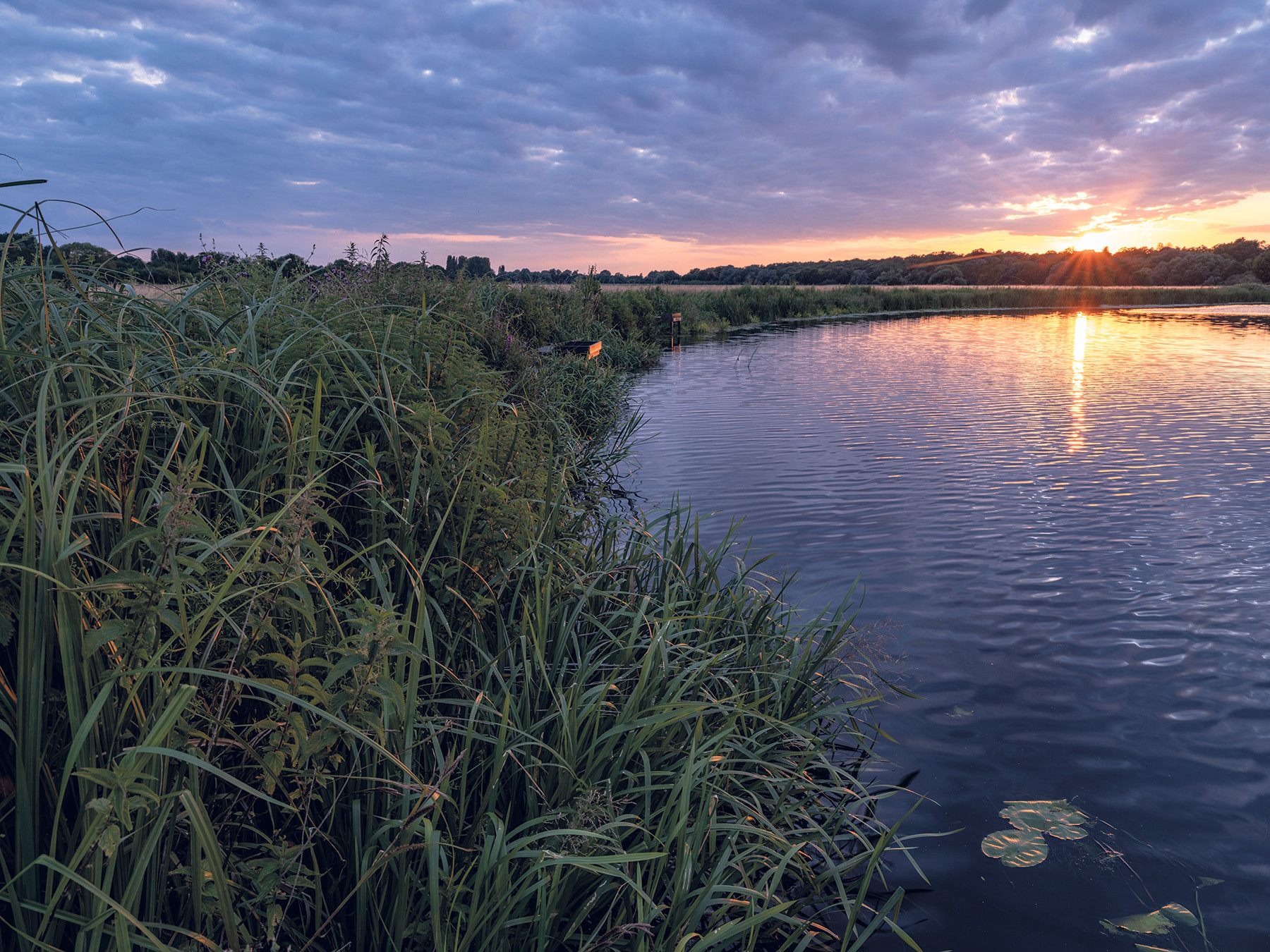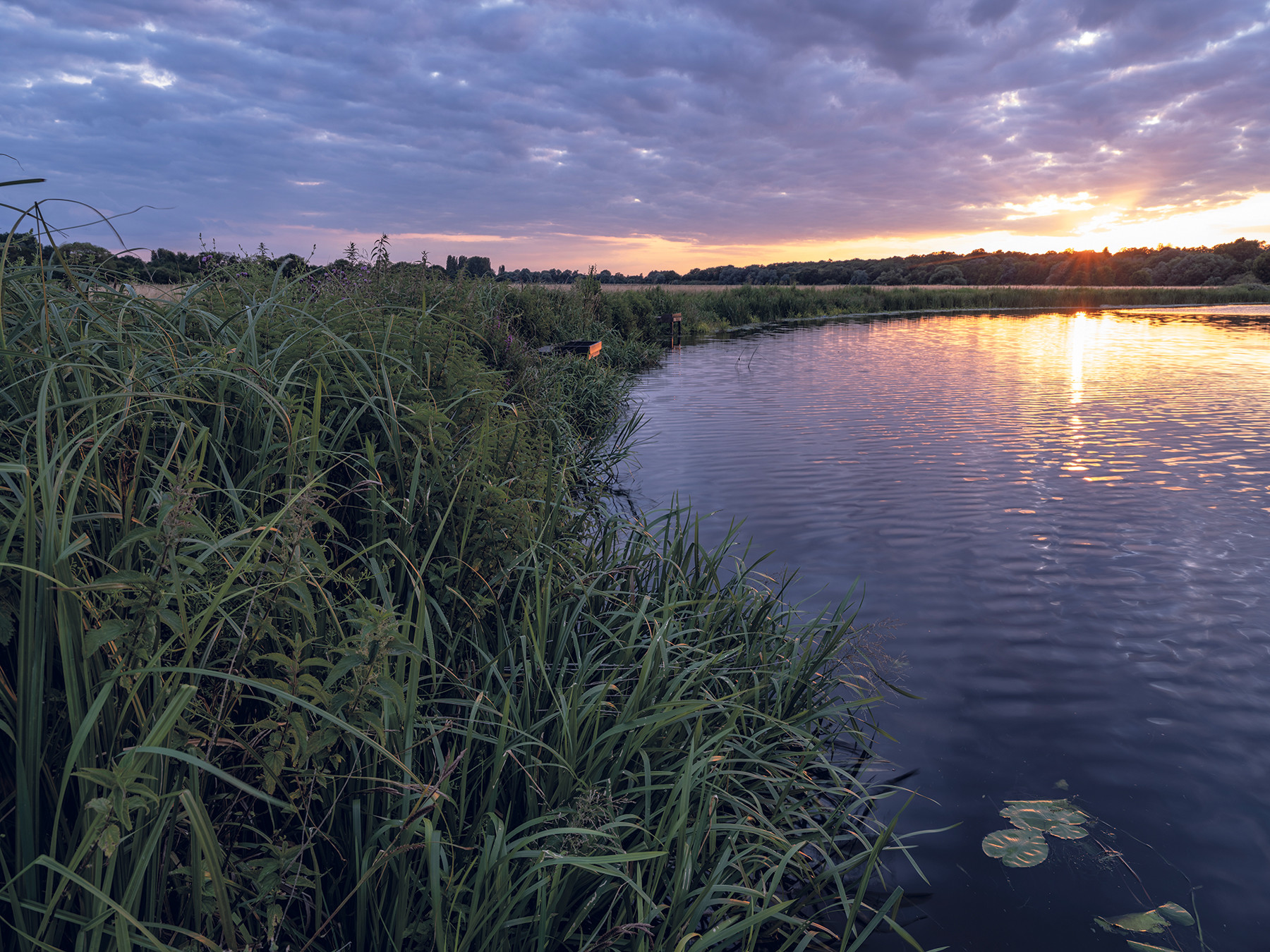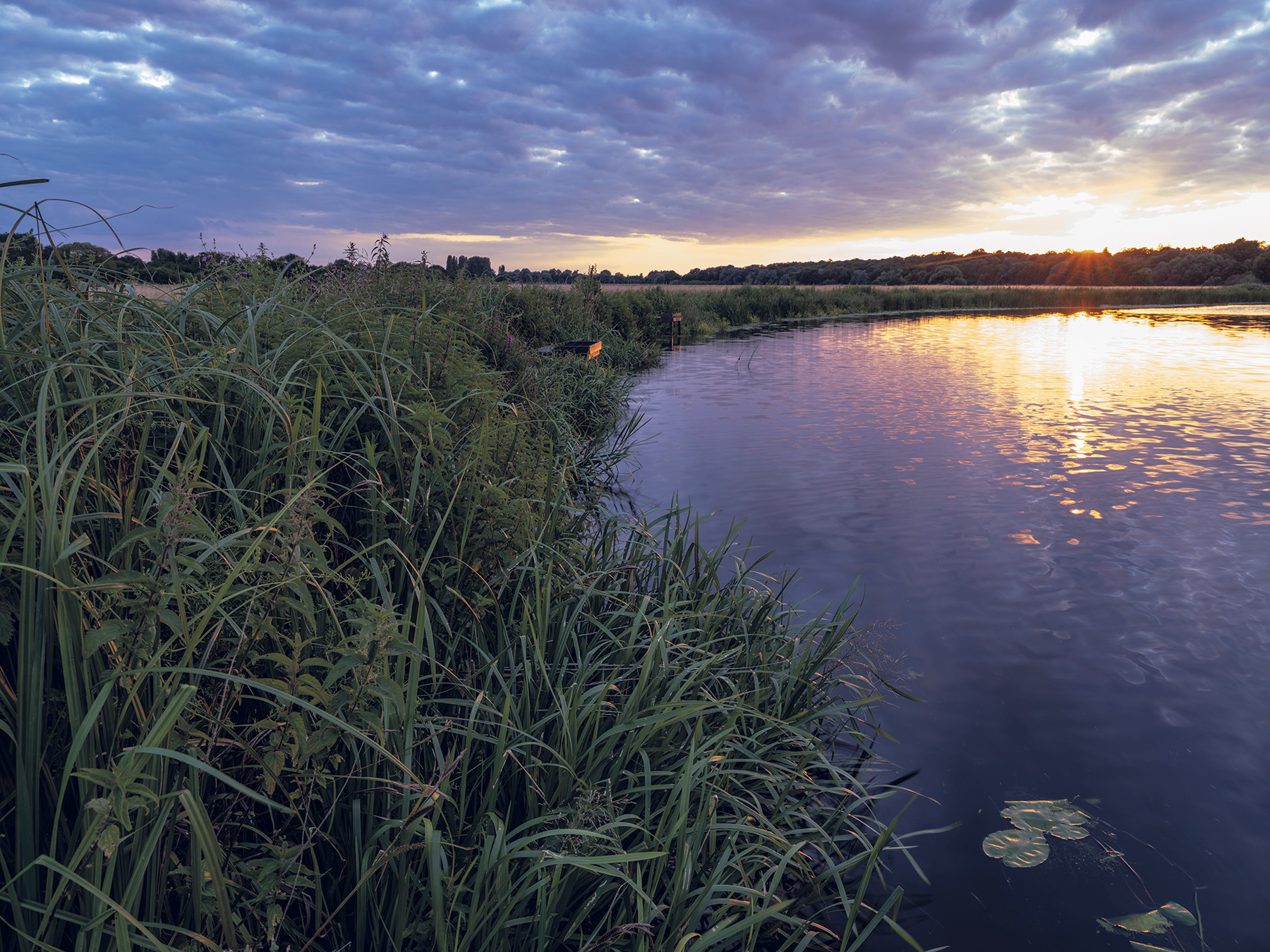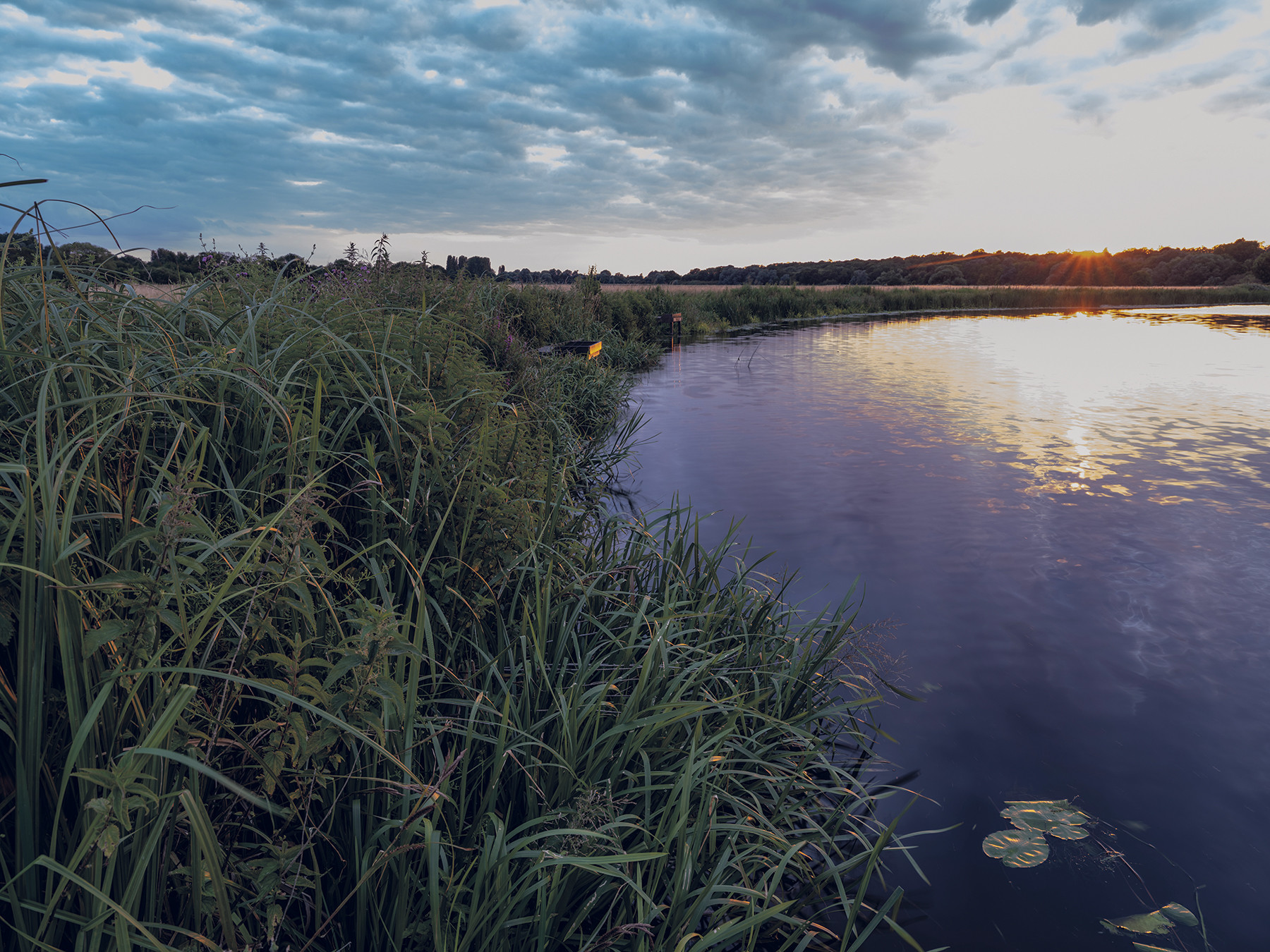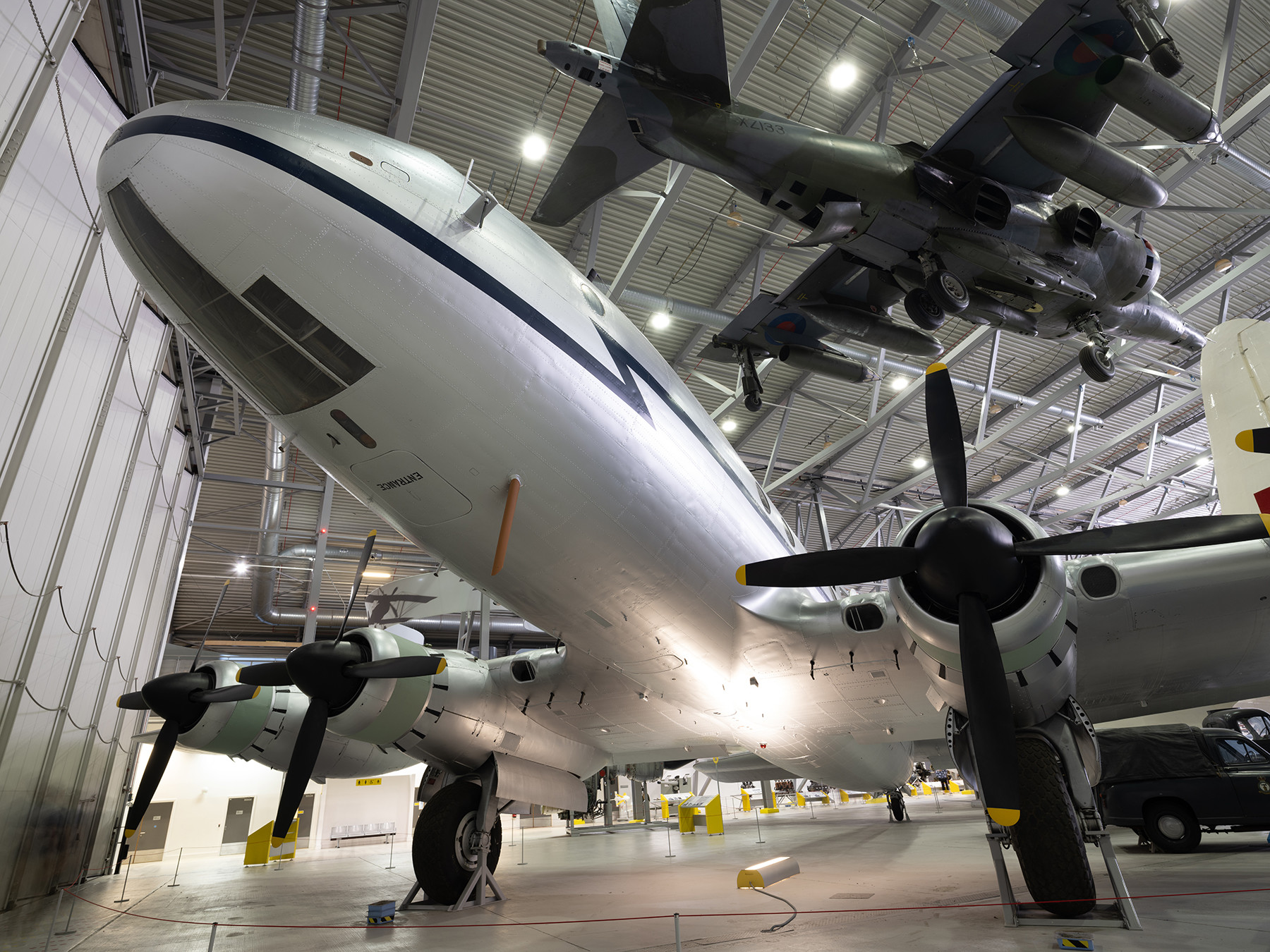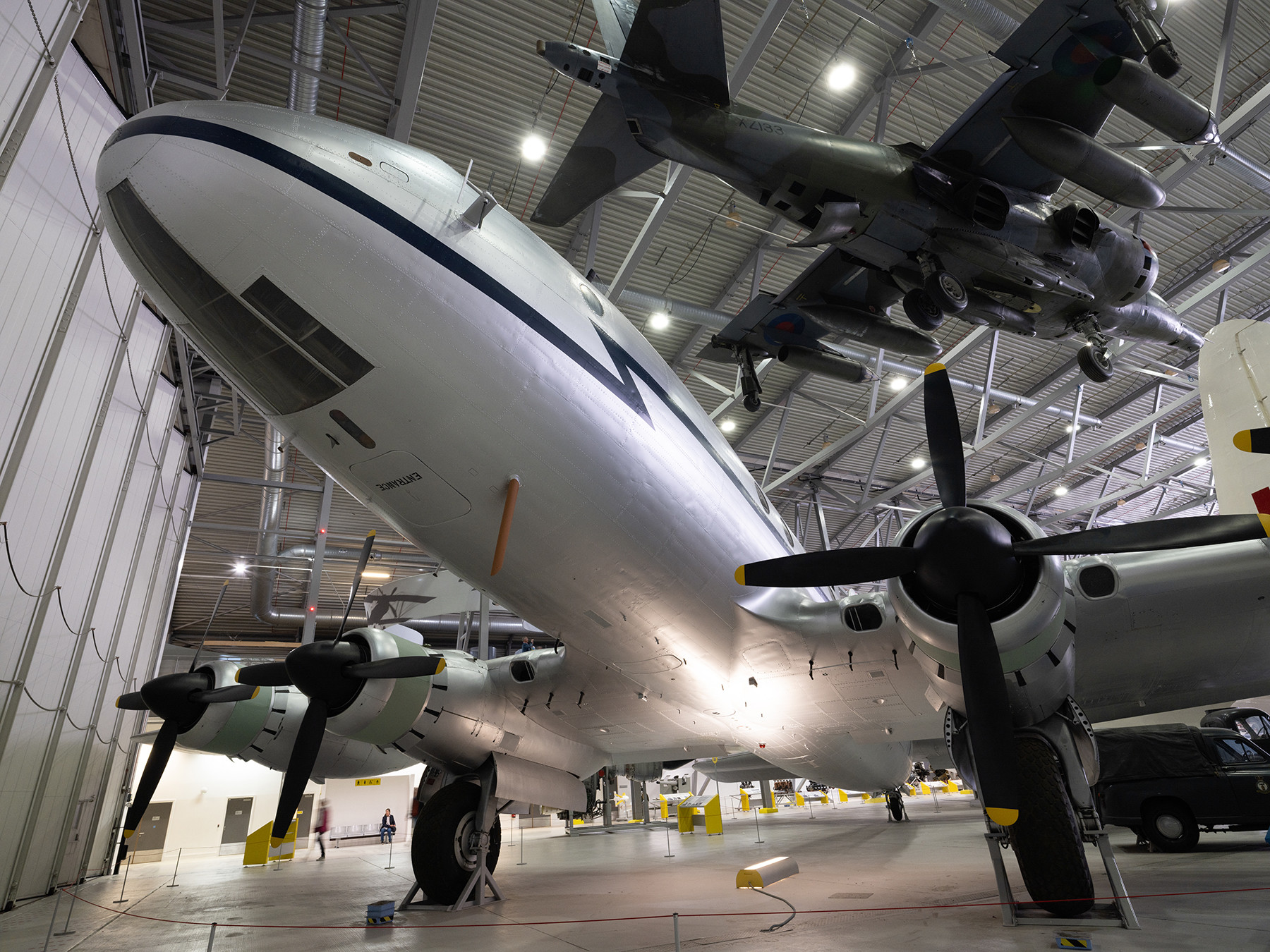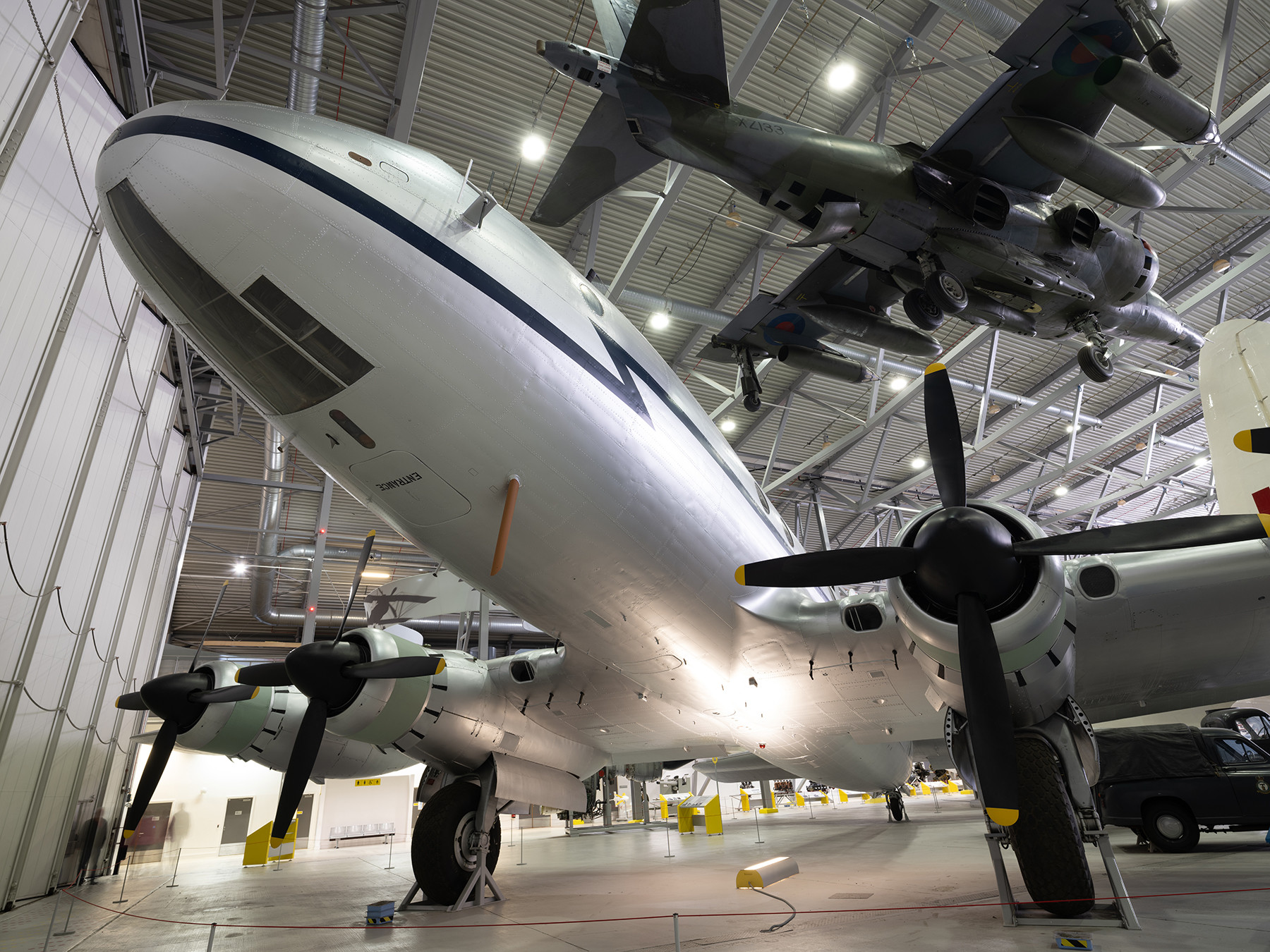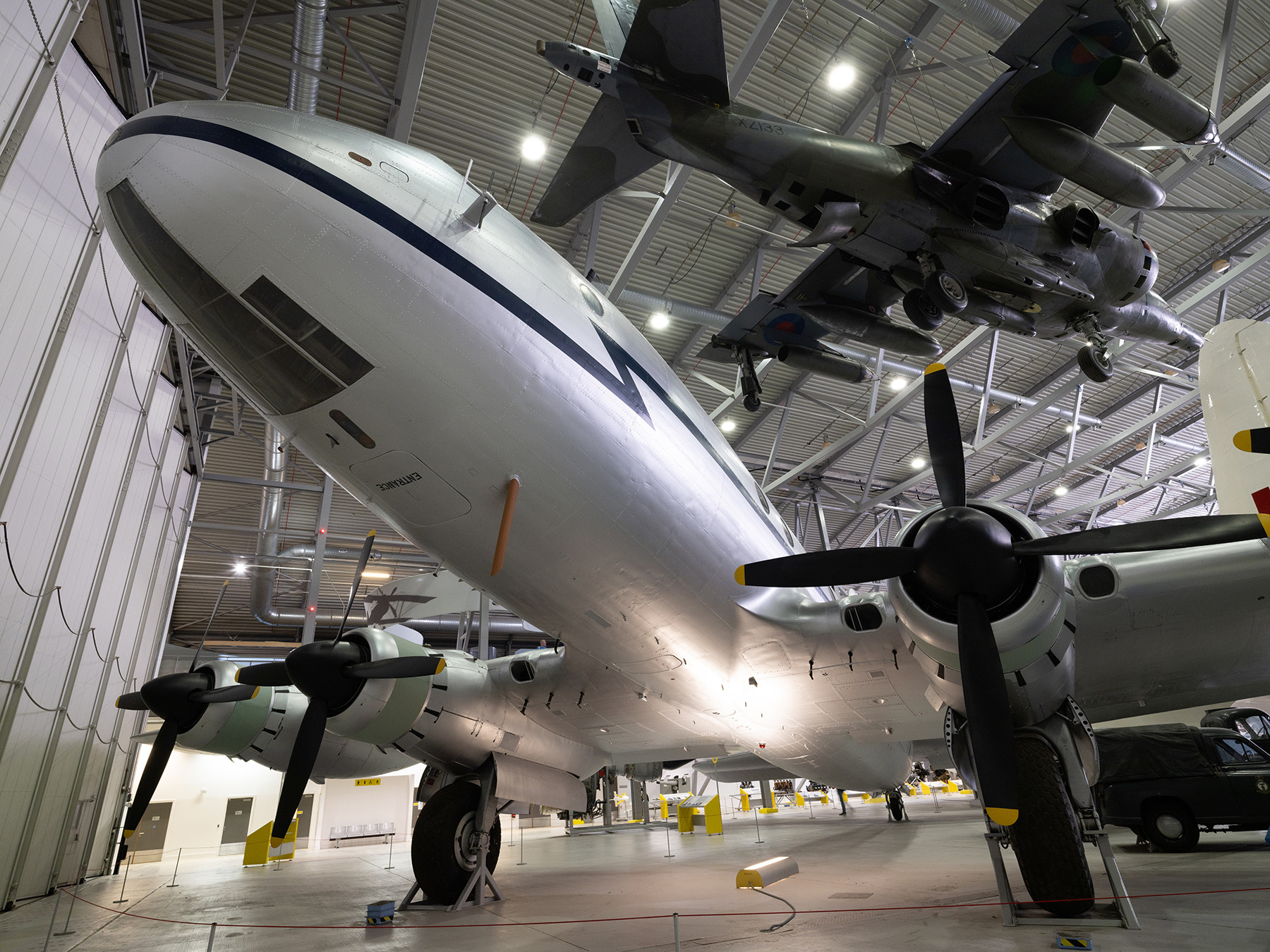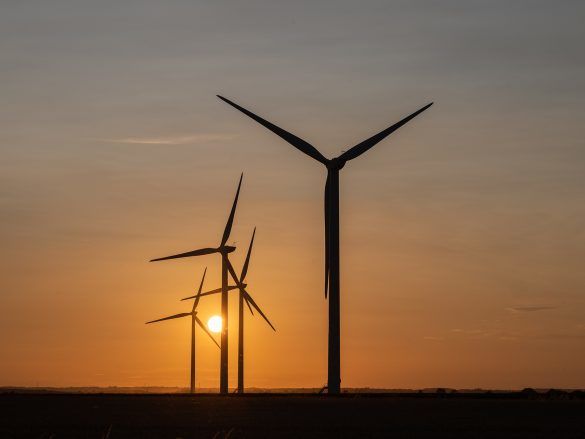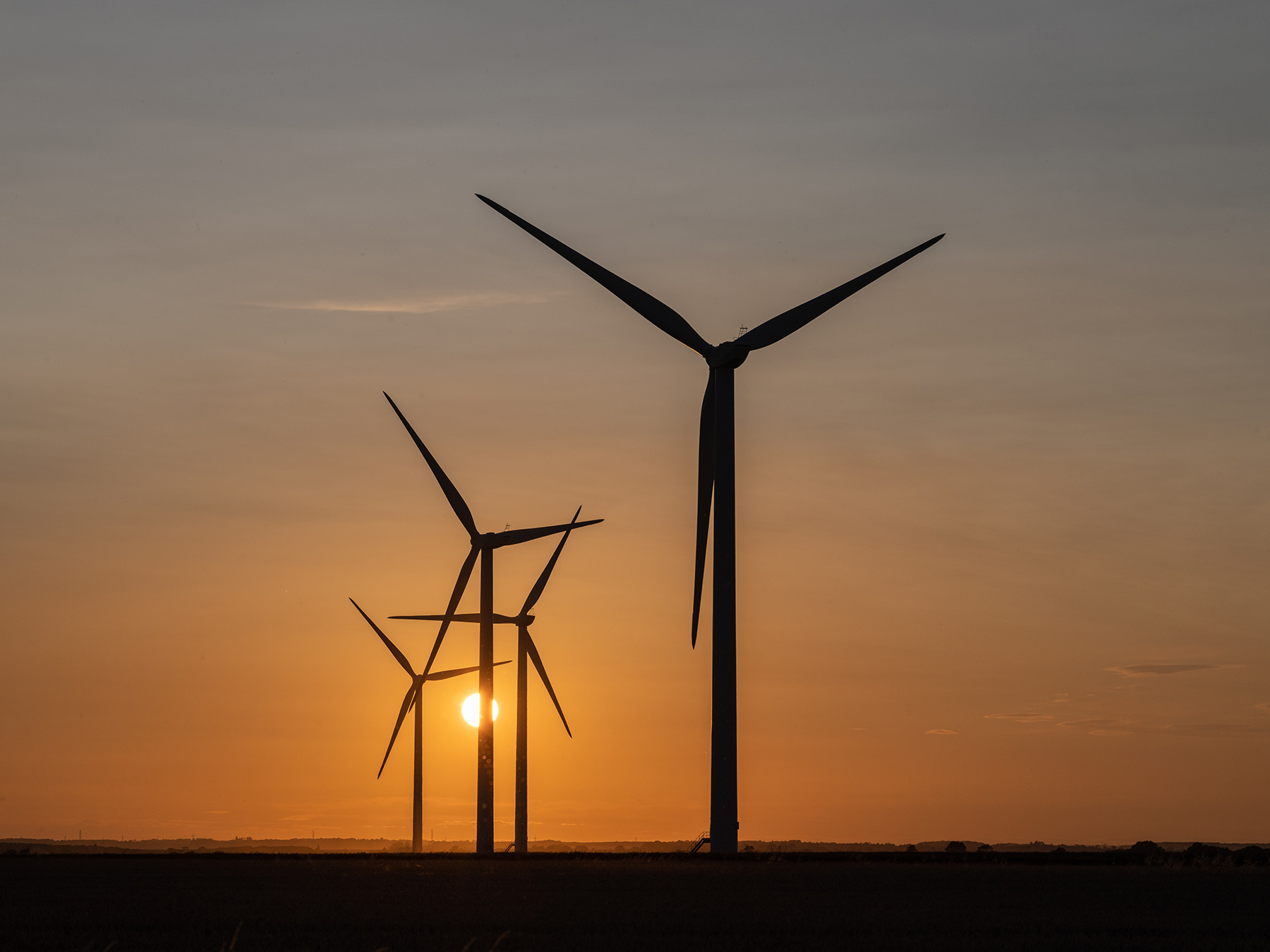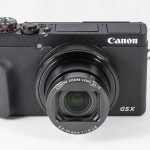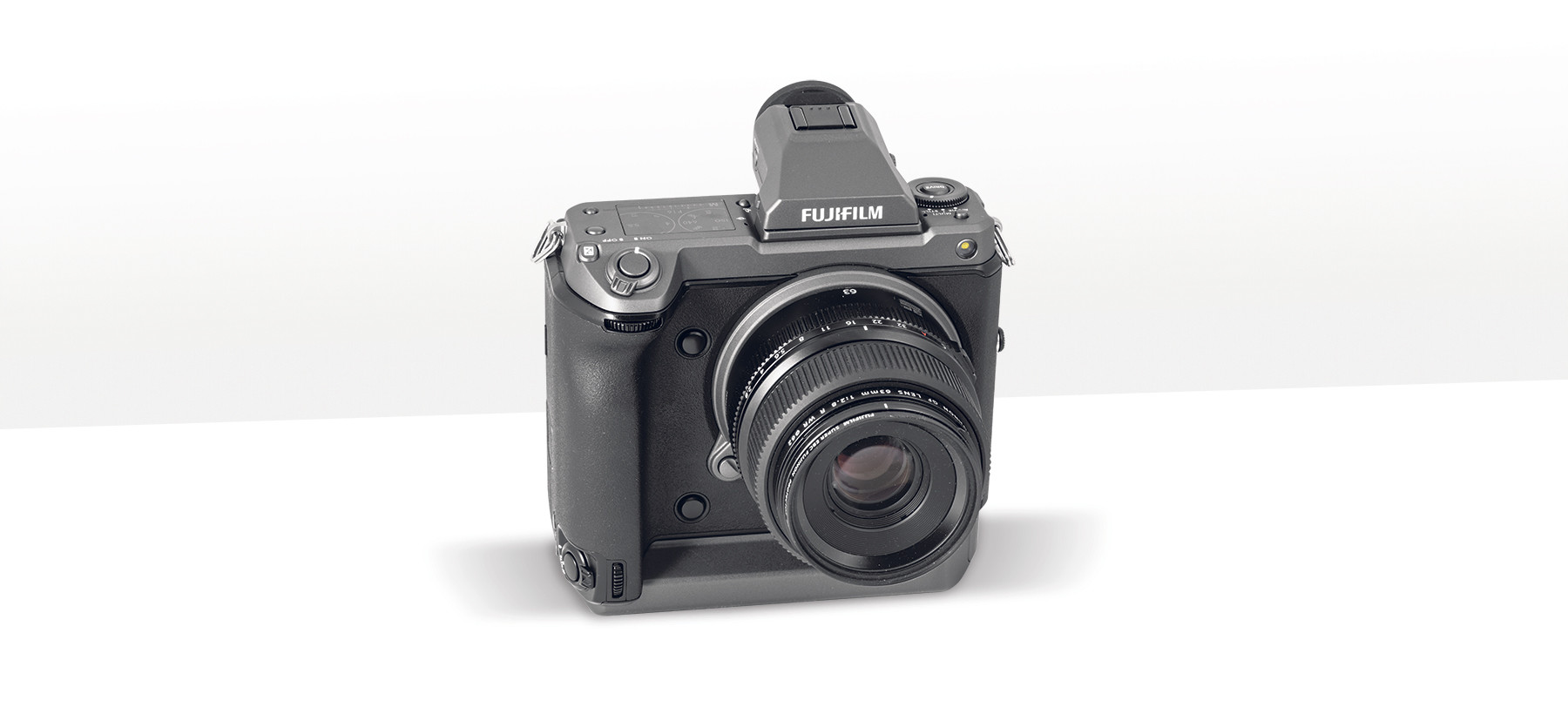
Fujifilm GFX100 test: a megapixel monster
Posted on Aug 14, 2019
With a resolution of 102 megapixels and a body-only price of £9999, Fujifilm’s latest medium format camera sets the bar very high indeed if ultimate image quality is your aim
When it comes to megapixels, most of us have more than enough, yet in their search for sales, the camera makers are striving for even more.
Fujifilm wasn’t the first to break the 100-megapixel barrier with its 102-megapixel GFX100, but it is the first to do it with a camera body that sells for under £10K.
You don’t need me to tell you £10K is a lot of money, but in the world of ultra-high resolution medium format cameras, that price is groundbreaking and should be up there in lights as a headline feature, along with the camera’s super-high megapixel count and all the other head-turning features that the camera boasts.
So, having contextualised its price and market position, let’s dig into the GFX100’s long feature list.
The GFX100’s 102-megapixel sensor is a CMOS, back-side illuminated (BSI) unit measuring 44x33mm – 1.7x larger than the 35mm format. Unlike Fujifilm’s APS-C format X Series cameras, which use X-Trans sensors with the ‘random’ 6×6 pixel array, this sensor is a Bayer pattern, with the traditional two green, one red, one blue pixel in a 2×2 grid and is optical low-pass filter free for maximum image resolution.
The sensor works with the high- performance X-Processor 4 engine and has a native speed range of ISO 100 to 12,800, expandable to 50 and 102,400, as well as the usual JPEG and Raw format shooting options. In Raw, you have the extra option of shooting either in 14- or 16-bit, both recordable as uncompressed or compressed lossless formats. See the panel ‘Performance: 14-bit and 16-bit’ for more on this feature.
For video workers, the GFX100 has 4K/30p/10-bit colour (the world’s first mirrorless camera of this format to provide this), using data oversampling to give 50.5 megapixels (approx) to render video, and supports F-Log and Hybrid Log Gamma (HLG) for HDR footage.
To help you make the most of the camera’s sensor for still and movie capture, the dust- and weather-resistant body (with 95 seals) houses a five-axis in-body image stabilisation (IBIS) sensor shift system with a 5.5EV benefit.
The shutter unit itself is also suspended using four springs to minimise the effect of shutter shock to further help sharp shooting with slow shutter speeds.
The GFX100 is the first in the family to boast Fujifilm’s phase detection autofocus algorithm – taken from the latest X Series cameras – which uses 3.76 million phase detection pixels placed across the image sensor, and gives increased AF speed with a benefit of up to 200%, up to twice as fast as a conventional contrast detect system. Along with this is an improved face and eye detect AF system, which offers better accuracy and a greater working range in the case of face detect.
Autofocus speed is impressive, and accuracy, too, even in poor light and low-contrast scenes. On occasions the AF would work like a conventional contrast detect system where the AF goes past the focus point and then back again to lock on, but more often than not the system went straight to the focus point. Fujifilm’s usual array of different size single AF zones and multi-zones (3×3, 5×5 and 7×7) gives plenty of potential to suit different occasions and subject types.
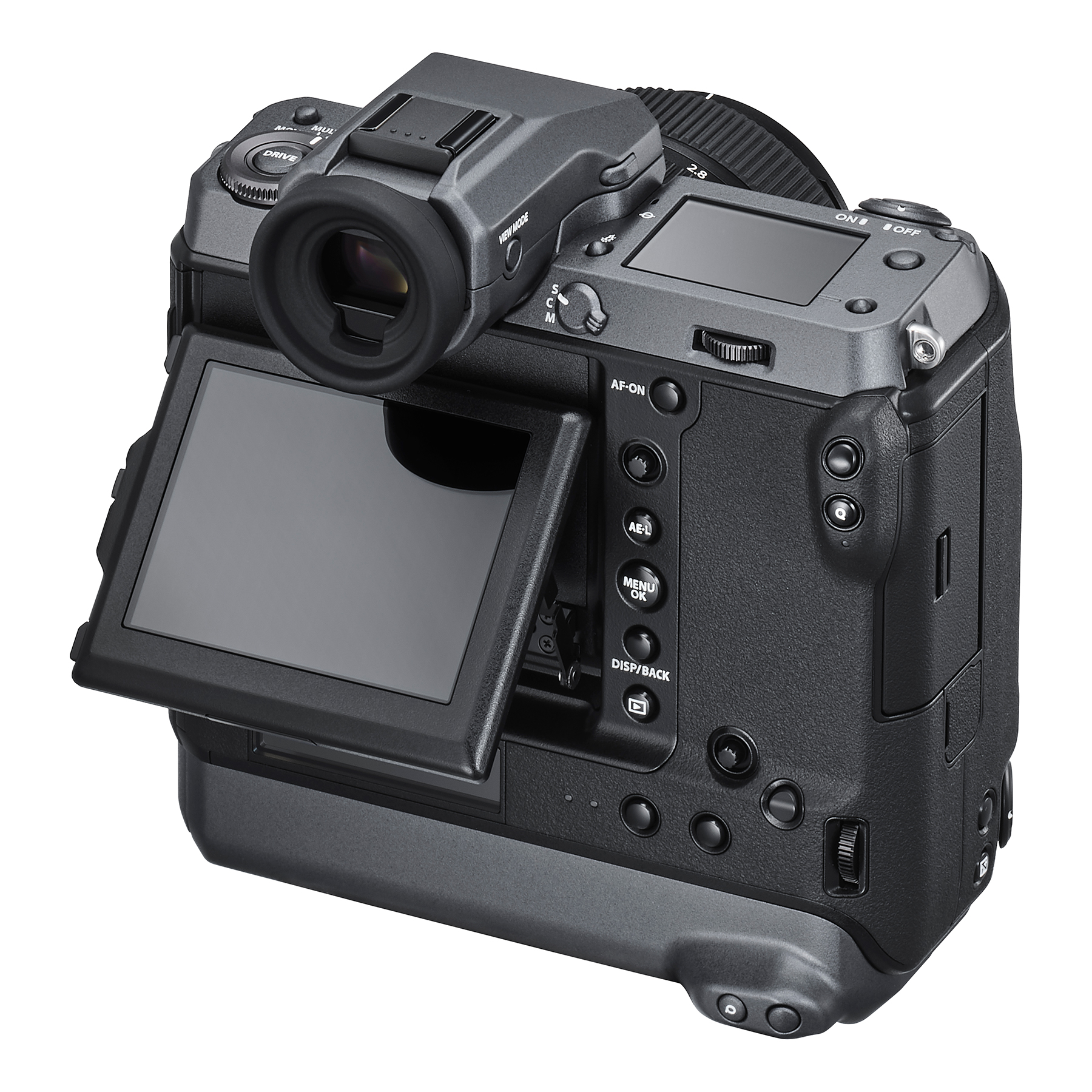
Image The GFX100 has a dust- and weather-resistant body with 95 seals, and houses a five-axis in-body stabilisation sensor shift system. It also boasts an integrated vertical grip, allowing room for two batteries
While there has been huge innovation inside the camera, Fujifilm hasn’t forgotten about its exterior and the GFX100’s bodyform is very different from the other models in the GFX system. The GFX100 is styled more in the fashion of a deep-bodied full-frame DSLR with an integrated vertical grip and controls, including a focus lever, are replicated, so you get the same shooting experience whether you are shooting horizontally or vertically. The design of the body, handgrip and control layout does make using the GFX100 a pleasure, but the heft and size of the body and its matching lenses will not suit everyone.
Having an integrated grip has made room for two batteries which, in combination, have enough capacity for up to 800 shots, obviously depending on conditions and the shooting set-up. The camera does work with just one battery loaded and the USB-C socket supports charging by powerbank.
Two SD card slots are provided and these are UHS-II and Video Speed Class 90 compatible. With the large files, you need fast cards to make the most of the camera’s shooting speed, which in continuous high speed shooting mode gives 5fps. Using a 250MB/s SD UHS-II card, I got 19 Raws (you only get 14-bit Raws in continuous shooting) at 5.5fps before the camera slowed up and the buffer took 20 seconds to clear. In fine JPEG only, I got 98 shots at 5.5fps before the camera slowed up.
A big design innovation on the GFX100 compared with the two other GFX models is its lack of physical dials. On the top-plate LCD sub monitor you see virtual ISO and shutter speeds, and changing settings is done by the rear and front command dials. If you prefer, the sub monitor can show a simple live histogram or just core camera information like mode, shutter speed and so on. In this view, the actual parameters of what’s on show can be customised, too.
The LCD can be backlit by pushing a button adjacent to the display and this stays on until the button is pushed again.
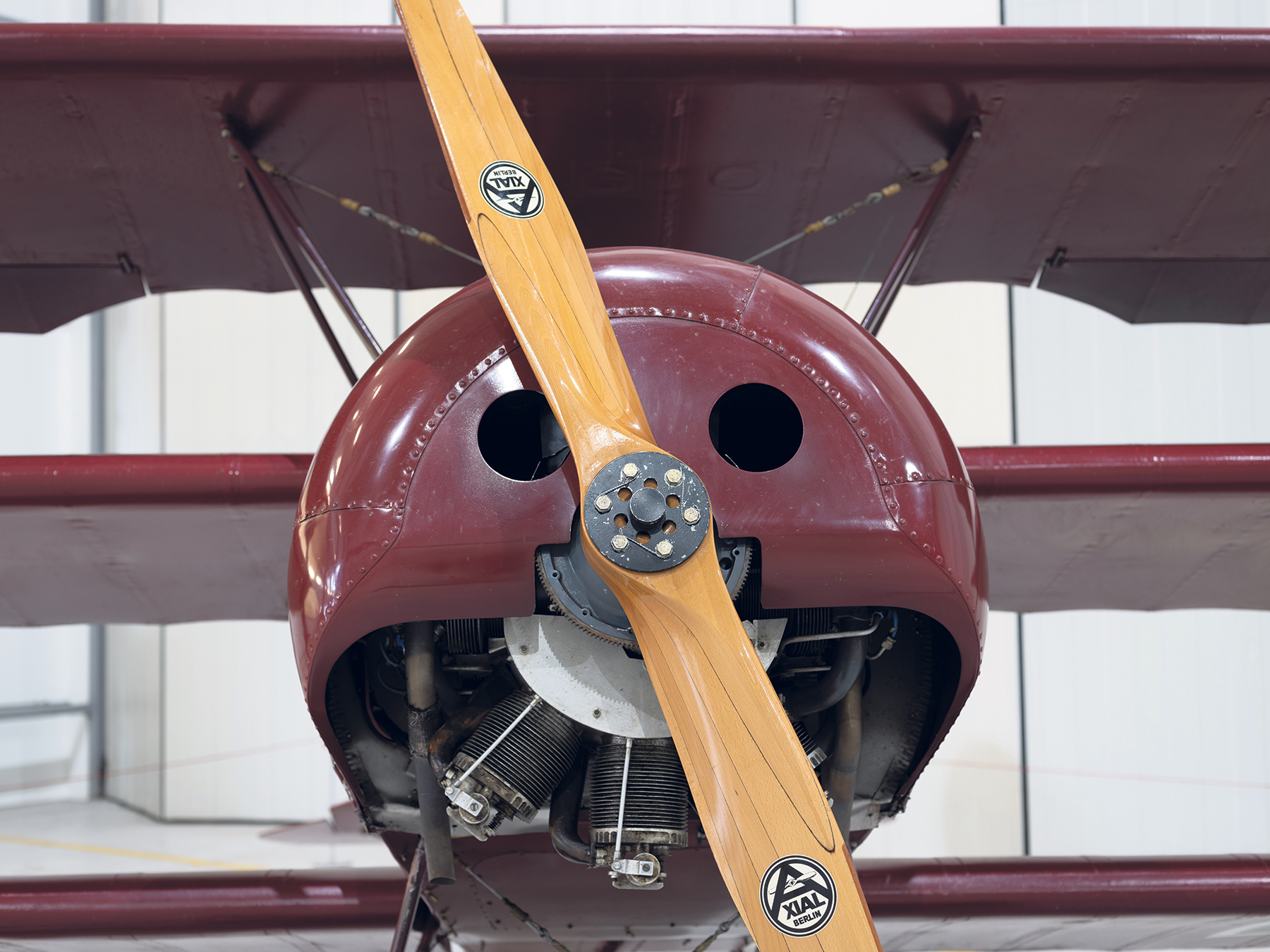 Image The GFX100 body has in built image stabilisation (IBIS) offering 5.5EV benefit. This was taken at 0.5sec at f/4, ISO 200 using the 63mm f/2.8 lens and the camera’s mechanical shutter. As you can see from the enlarged section above, the system works very well indeed
Image The GFX100 body has in built image stabilisation (IBIS) offering 5.5EV benefit. This was taken at 0.5sec at f/4, ISO 200 using the 63mm f/2.8 lens and the camera’s mechanical shutter. As you can see from the enlarged section above, the system works very well indeed
It took a short time to get used to the virtual ISO and shutter dials. Typically, I changed the ISO when I wanted to change the shutter speed or vice versa. User error, of course, and easily solved with time, practice and fine-tuning set-up – I turned off the ISO dial, for example.
There’s also no exposure mode control and you scroll through modes using a button near the shutter release. You get M and A when the aperture ring is in use and then S and P when the aperture ring is set to its A setting.
On the left side of the top plate is a three-position mode dial where you get the option of still or movie shooting, with the multi option in-between and there’s a drive push button at its centre. Push down the drive button in still shooting, and you get low or high continuous shooting, and in movie mode various settings. Push the drive button when multi is selected and you get the option of six functions including focus, film simulation and exposure bracketing. However, to set parameters of each bracketing function you still have to go into the main menu. It’s a pity you can’t fine-tune these features via the drive/multi controls.
Before we leave the top plate, it is worth discussing the EVF finder. This is a high-resolution finder featuring 5.76 million dots, giving an excellent viewing image, which shows fine detail almost like an optical finder and there’s no smearing during panning. An eye sensor automatically switches between the EVF and monitor image, but if preferred the EVF can be slipped off for monitor-only use while the touch function monitor itself folds out for low-level work.
Below the monitor is another display, the rear sub monitor and this, like its top-plate sub monitor, you can customise. I preferred having the exposure compensation scale on show, but there are two information options and a live histogram.
The GFX100 as a package works very well. It’s daunting to start with, probably because it’s a seriously hefty camera. But once you get used to the controls, including the virtual dials, finding your way around the layout becomes second nature. I’m a Fujifilm user, which helps. I liked the pro DSLR-style body, although a marginally fatter vertical grip would suit me better, but I like the way controls are mirrored for convenient switching between upright and horizontal shooting.
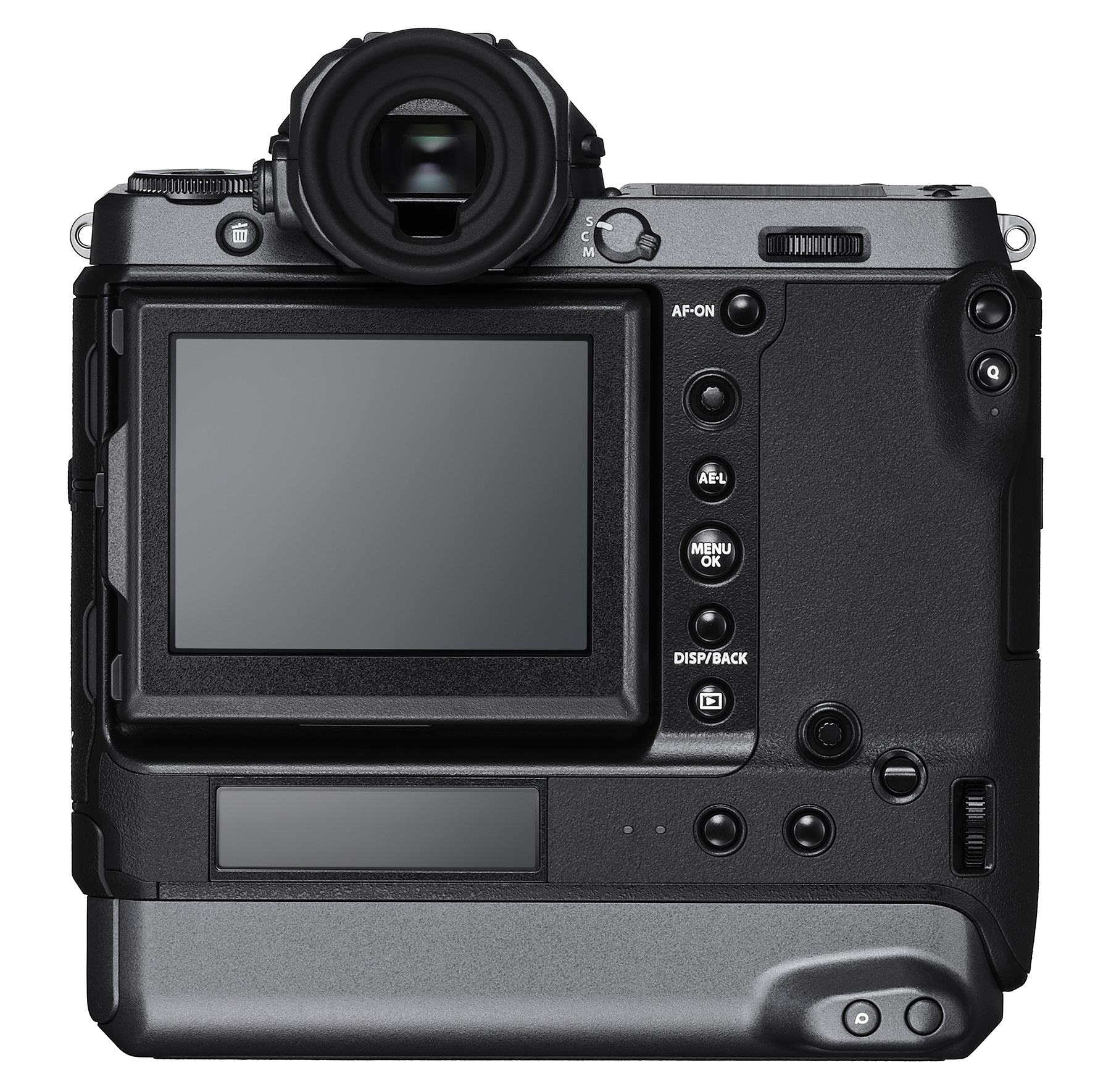
Click the images to see a larger view
The camera’s AF and exposure systems work very well, giving excellent results time after time. Auto white balance also performed well, notably in artificial lighting. I noticed this because I used the GFX 50R alongside the GFX100 for part of this test and the latter was more consistently accurate.
I didn’t see the benefit of shooting 16-bit Raw capture on the scenes I was faced with and I overexposed, underexposed and made dramatic changes during processing. That’s not to say there isn’t potential here, because having so much more data at your disposal is a good thing. But the camera’s 14-bit skills are so good, you probably need to be working to the most exacting standards in the most challenging lighting to see the benefit of 16-bit. For most photographers, 14-bit is perfectly good and, with the compressed Raws being around 80MB, that makes workflow easier.
And speaking of workflow, if you’re thinking of investing in this camera, get your work processes, your computer and storage sorted first, because you’re dealing with large amounts of data. A compressed 14-bit Raw is around 80-90MB which, when processed, becomes a 350MB 16-bit TIF that measures 11,648×8736 pixels, so you can print to 98.6×73.9cm (38.8×29.1in) at 300ppi – and that’s before any interpolation. Once you’re geared up for it, though, you can revel in the quality that this camera is so very capable of.
Performance: ISO
The GFX100 has a back-side illuminated (BSI) CMOS sensor so light reaches the light receptors without having to negotiate its way through the electronics, which helps with efficiency and high ISO performance. The GFX100’s native ISO range is 100 to 12,800, with expansion possible down to ISO 50 and up to ISO 102,400. I shot Raws (uncompressed 16-bit) and JPEGs using the GFX100 at every ISO with noise reduction set to zero and used Capture One with default noise reduction for processing.
Certainly, there is little doubt that the GFX100 delivers an impressive high ISO performance, with speeds up to ISO 1600 looking really clean. Viewed on-screen at 100% there’s negligible noise at ISO 1600 and even ISO 3200 and, while there is some impact on fine detail at the latter speed, it’s not much all. This speed is perfectly usable for critical shooting. Noise levels increase from ISO 3200 upwards as you would expect, but at no time is it so heavy as to be unusable. However, it is true that rendition of fine detail suffers more at ISO 12,800.
Venture into the region of high expanded speeds and noise increases, and with it the impact on fine detail and areas of even tone look more blotchy, but that is no more than I would expect at ISO 25,600 and beyond.
For comparison, I took some side-by-side shots with the Fujifilm GFX 50R, which has the same native ISO range, but has a 51.4-megapixel conventional front-illuminated sensor with 5.3 μm cell size (compared with the GFX100’s 3.76 μm cells).
Looking at the comparison shots both at 100% (and with the GFX 50R’s images at 141% to give the same subject size as the GFX100’s files), I think it is fair to say that the noise performance of the pair is similar and impressive at both ISO 3200 and 6400. This is a credit to the more tightly sensor packed GFX100 BSI sensor.
Click the images to see a larger view
Click the images to see a larger view
Performance: exposure latitude
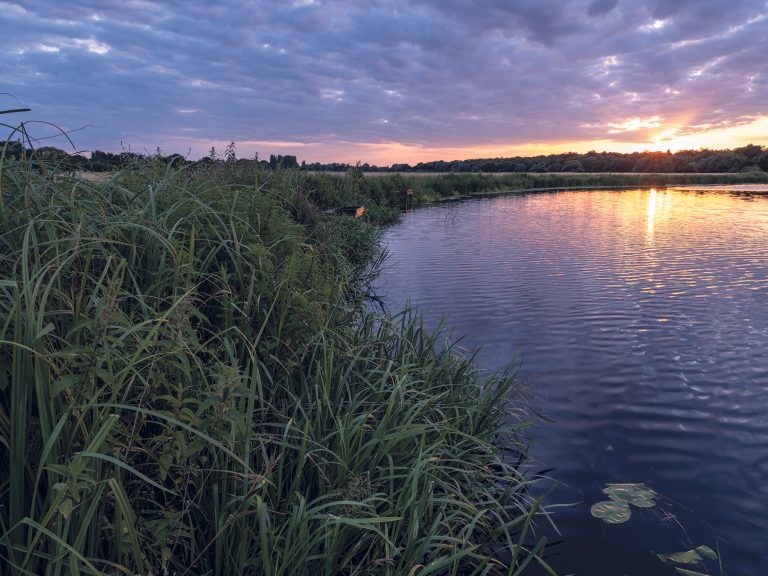
Underexposed Raws corrected very nicely with minimal impact on image quality and a slight noise gain in the shadows on the -3EV shot. Noise levels drop further with the -2EV shot and by the time you get to the -1EV shot, it recovers to look the same as the correctly exposed image.
With overexposure, the GFX100 deals well with +1EV and +2EV, giving high-quality results with accurate highlights and smooth mid-tones. Though the +3EV shot was too much and the highlights could not be recovered – at least not on this very contrasty scene. Scenes with less extreme highlights proved more accommodating to overexposure, even at +3EV.
Click the images to see a larger view
Performance: 14-bit and 16-bit capture
Very few digital cameras offer 16-bit capture except expensive medium format cameras. All smaller format mirrorless and DSLR cameras capture in 14-bit or 12-bit, with some offering both. The Fujifilm GFX100 joins the very exclusive 16-bit club.
The theory is that the more bits you have, the more colours/tones and smoother tonal transitions you get. This is good for serious editing, where you may be really stretching the shadows or trying to get more from highlights.
If you capture in 12-bit, you have 68 billion colours and in 14-bit you get four trillion. Move up to 16-bit and the potential is for 281 trillion colours. (This is determined by 1×2=2, 2×2=4, 2×4=8, 2×8=16… and so on 16 times, which gets you to 65,536. Then 65,536×65,536×65,536 (for each colour channel of red, green and blue) and you get 281 trillion.)Whether the human eye, the software, the monitor display and the printer can work in 16-bit is another story, but in this review we’ll just skirt round those considerations for now.
Click the images to see a larger view
The GFX100 lets you shoot 14-bit or 16-bit Raws and you can save them to card uncompressed or with lossless compression. Both uncompressed Raws were around 210MB, whereas compressed Raws are around 110MB in 16-bit and 80MB in 14-bit.
I tested the GFX100 in 14-bit and 16-bit in both compressions shooting sunsets, night scenes, dark interiors and sunlit landscapes with correct exposures, but also over/underexposed shots. I used Lightroom and Capture One for Raw processing to see if there were any obvious benefits. It is a testament to the GFX100’s 14-bit capture skills that the benefit of 16-bit is minimal or not discernible at all. However, if you’re shooting extremely contrasty scenes and making large adjustments to highlights and shadows, you may see the benefit of 16-bit capture.
Ultimately, though, there is probably no point using 16-bit, because 14-bit is outstanding and the Raws have huge potential for stunning images.
Click the images to see a larger view
Verdict
If you need 102 megapixels and have £10K to pay for the privilege (and that’s before any lenses), there’s no denying the Fujifilm GFX100 is an amazing camera capable of awesome image quality. It’s rich with great features, handles well despite its heft and is inspiring to use in so many ways. And the rewards are enormous when
you get in front of a screen and process its images.
Pros: Image quality, handling, overall exposure and focusing performance, high ISO ability
Cons: It’s still a £10K camera
| Features | 24/25 | 102 megapixels, five-axis IBIS, function options |
| Handling | 22/25 | It’s heavy and big, but it actually handles well |
| Performance | 24/25 | Consistently spot-on exposure and focus |
| Value for money | 22/25 | Lots of megapixels for lots of money |
| Overall | 92/100 | A serious camera for serious photographers |
For more information, please visit the Fujifilm website.
As featured in issue 69 of Photography News.

